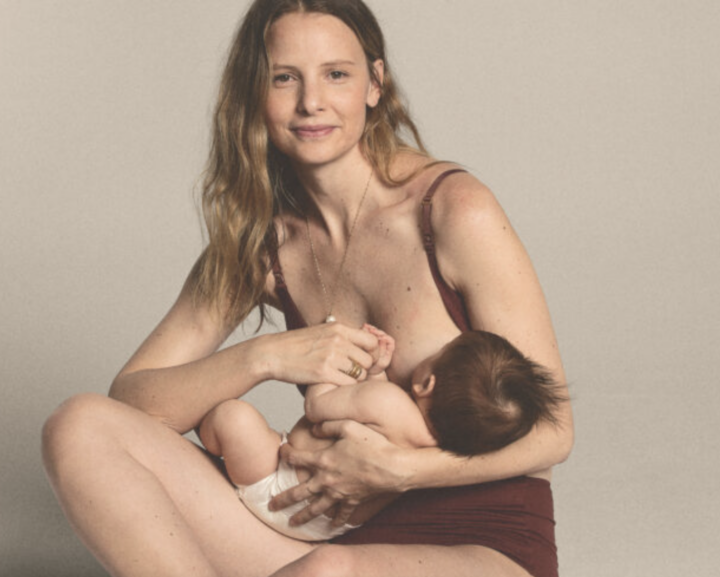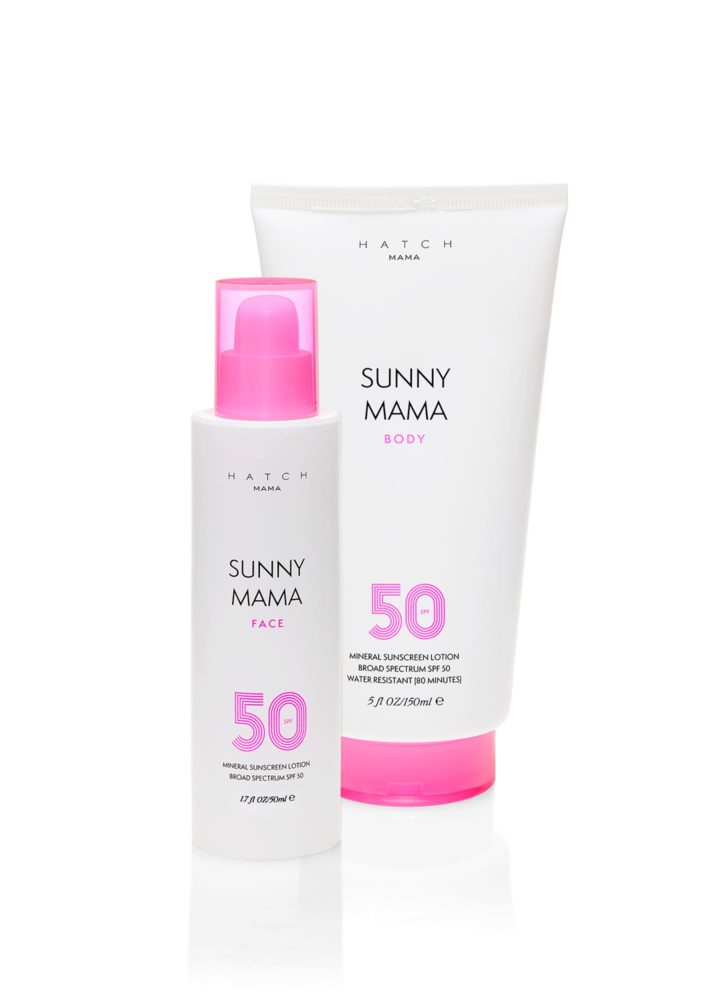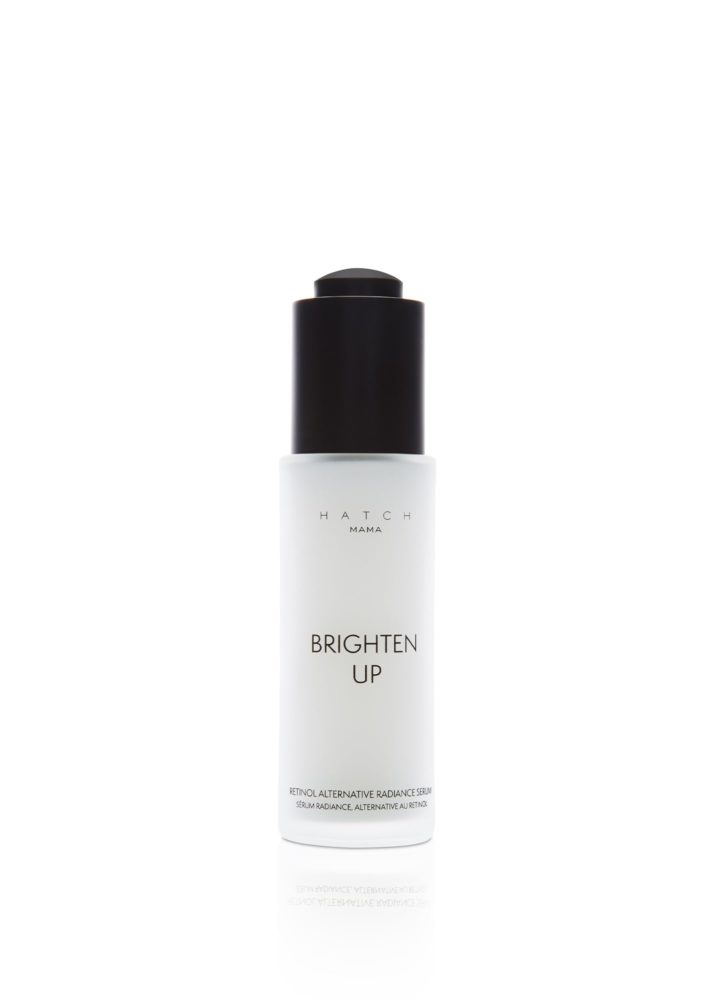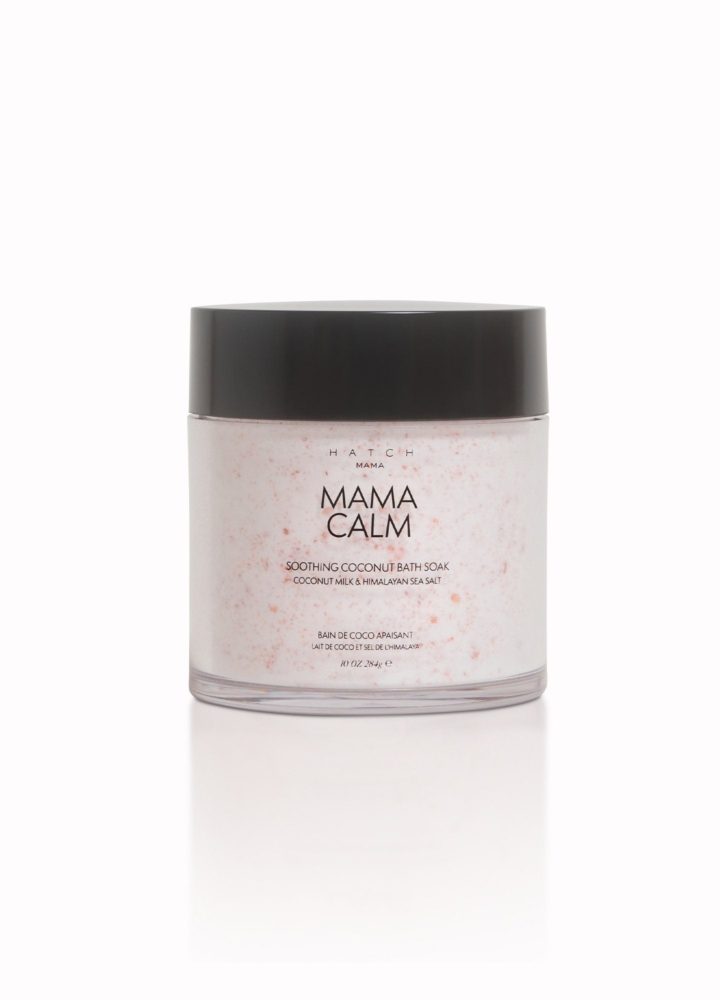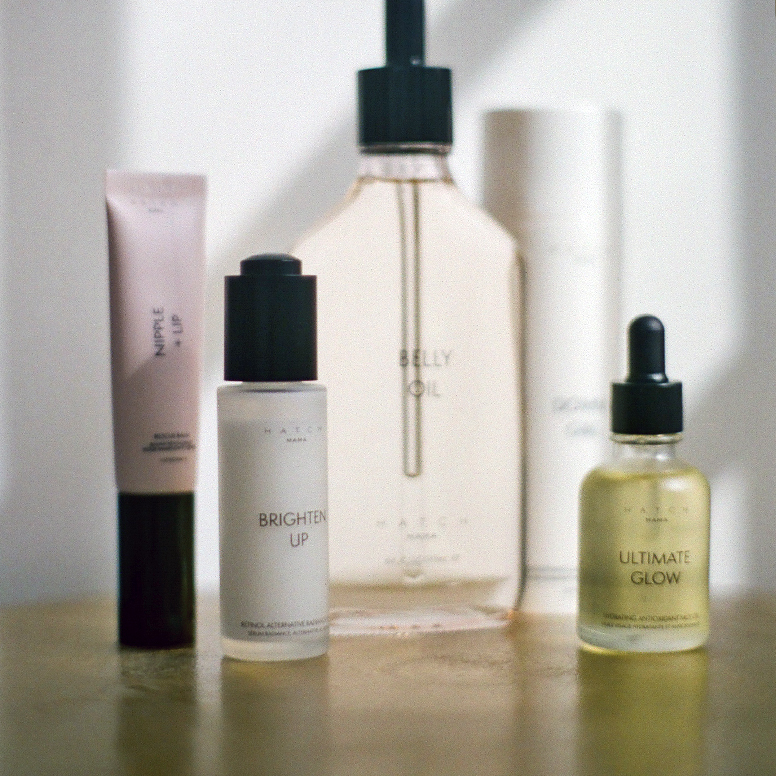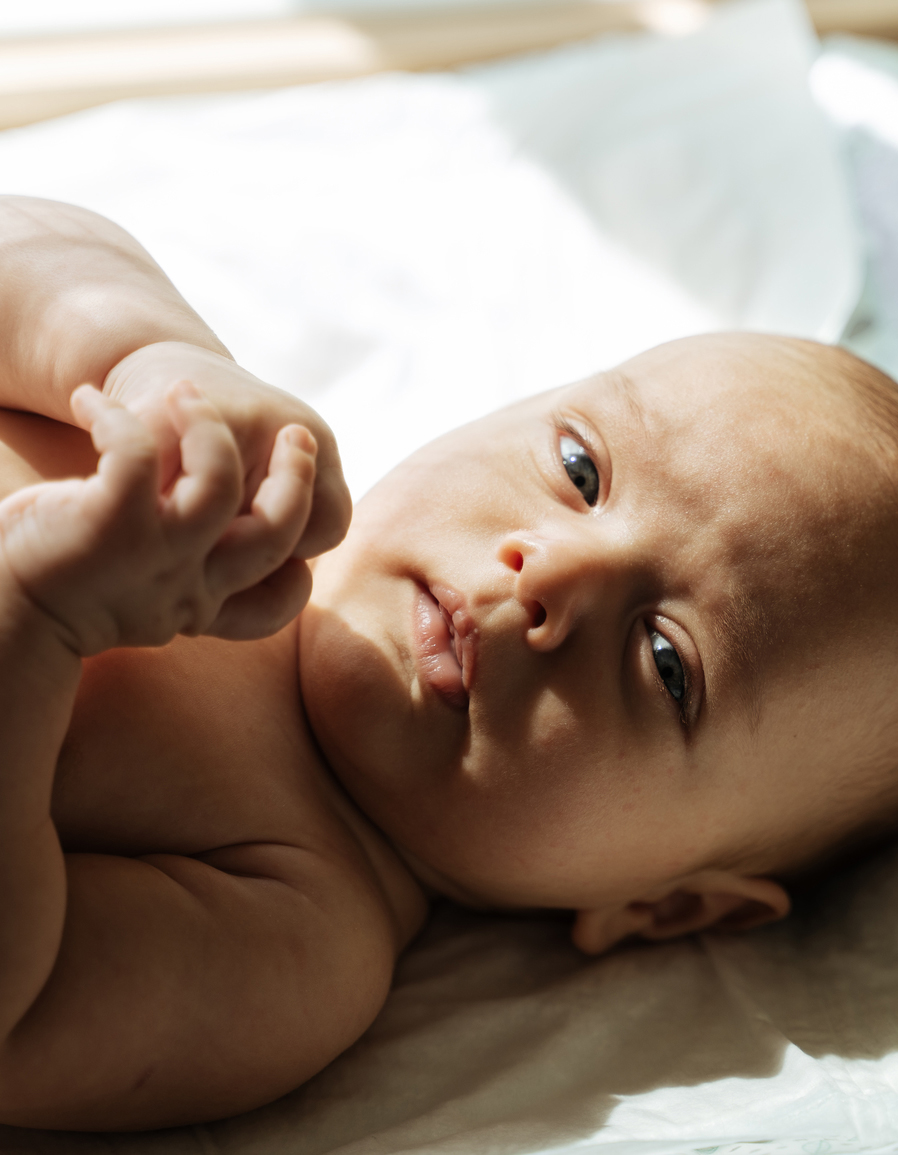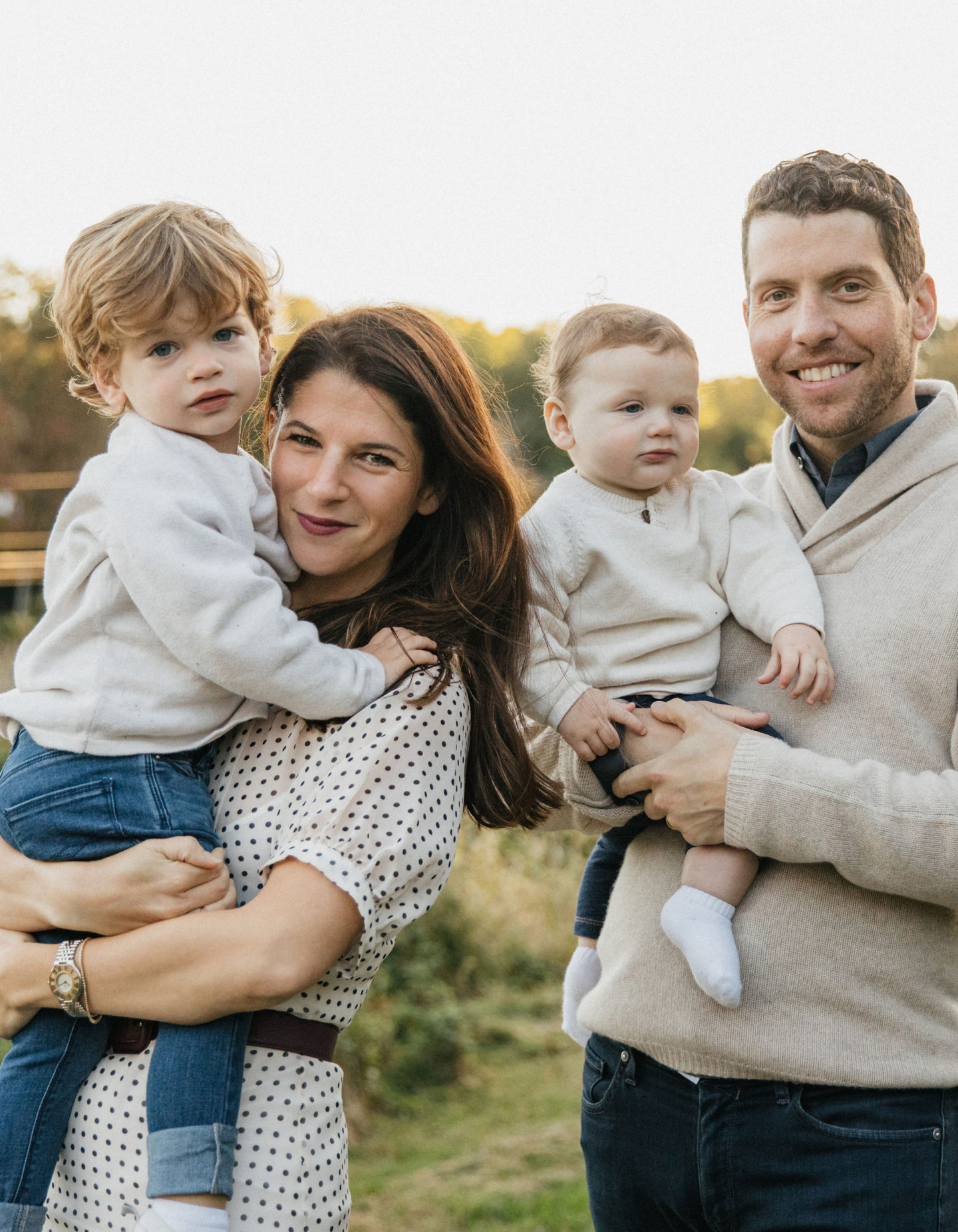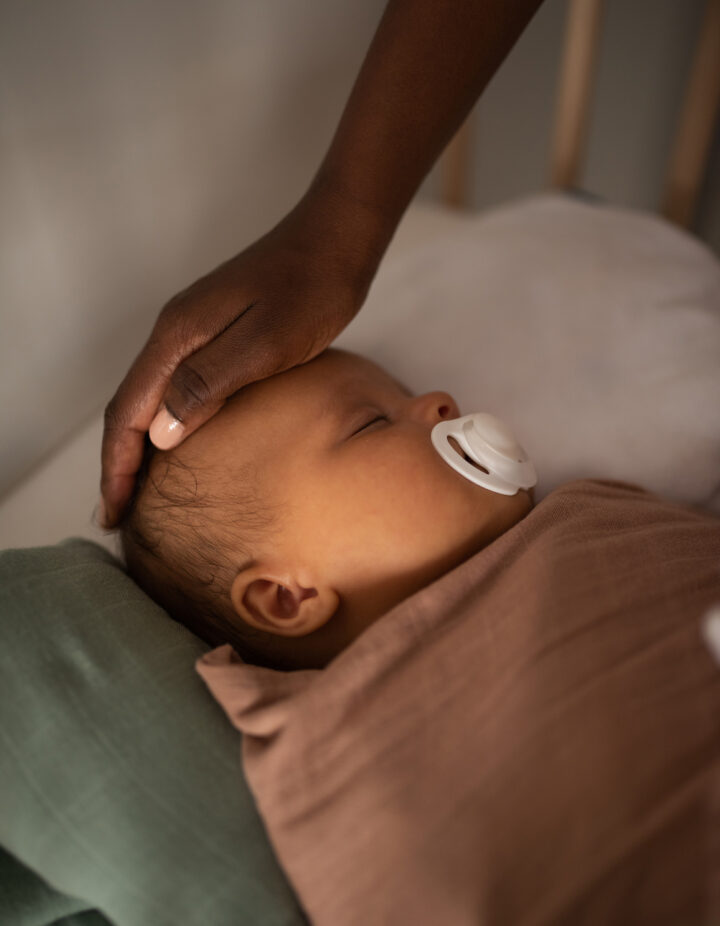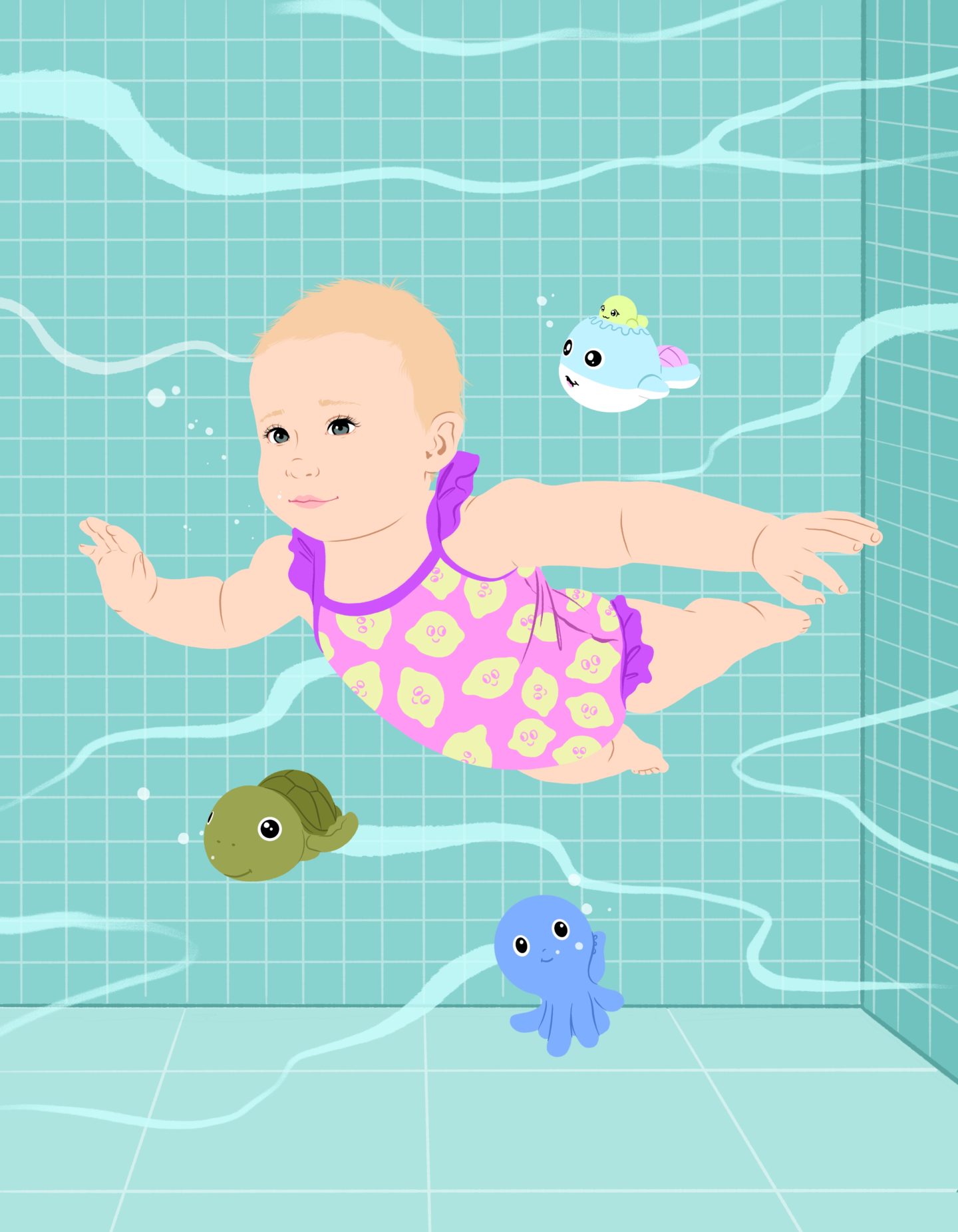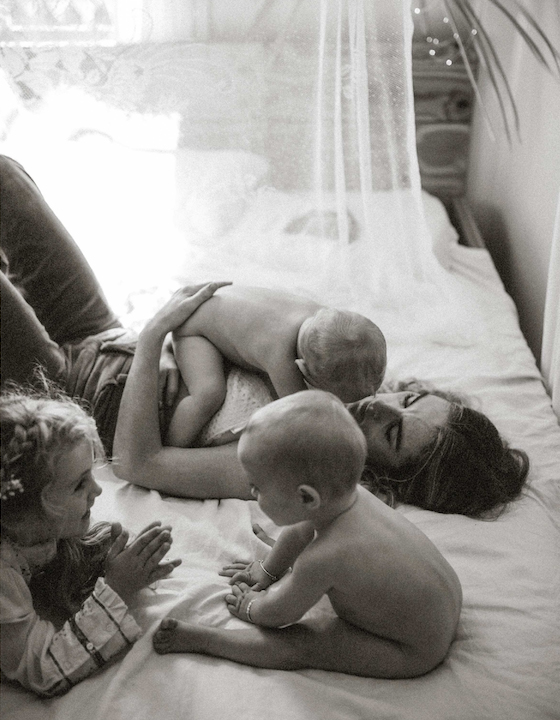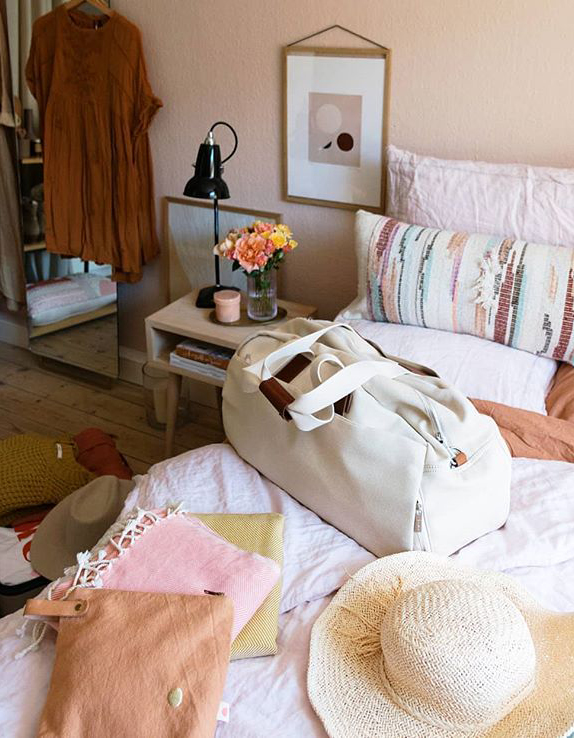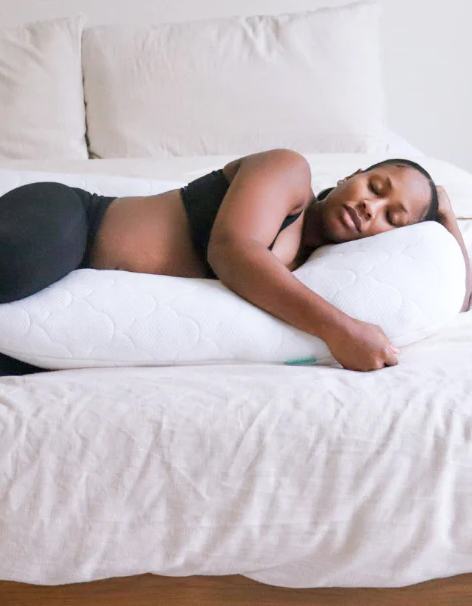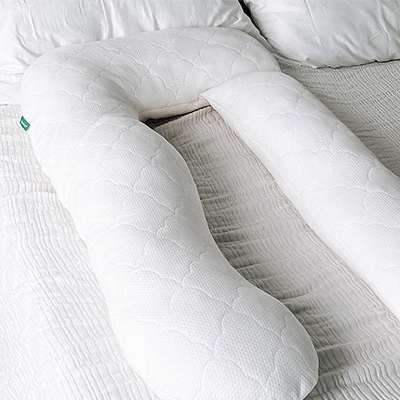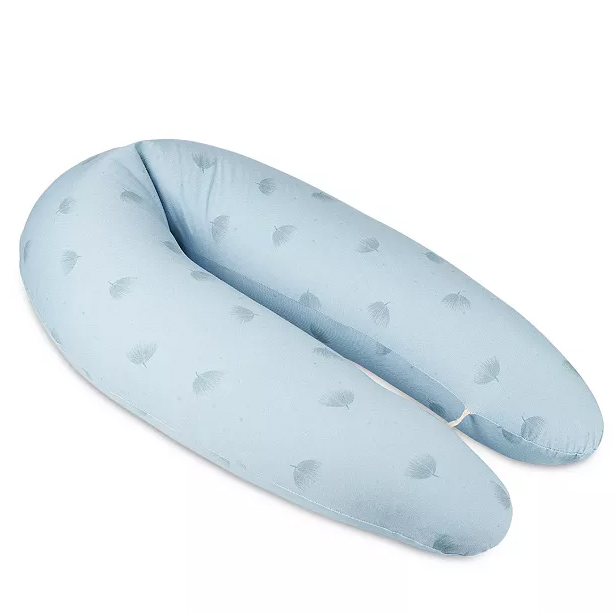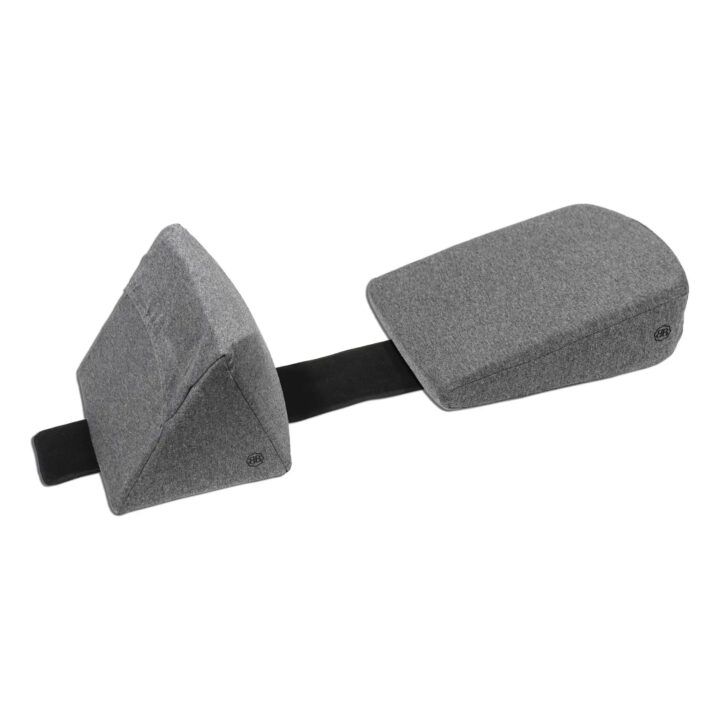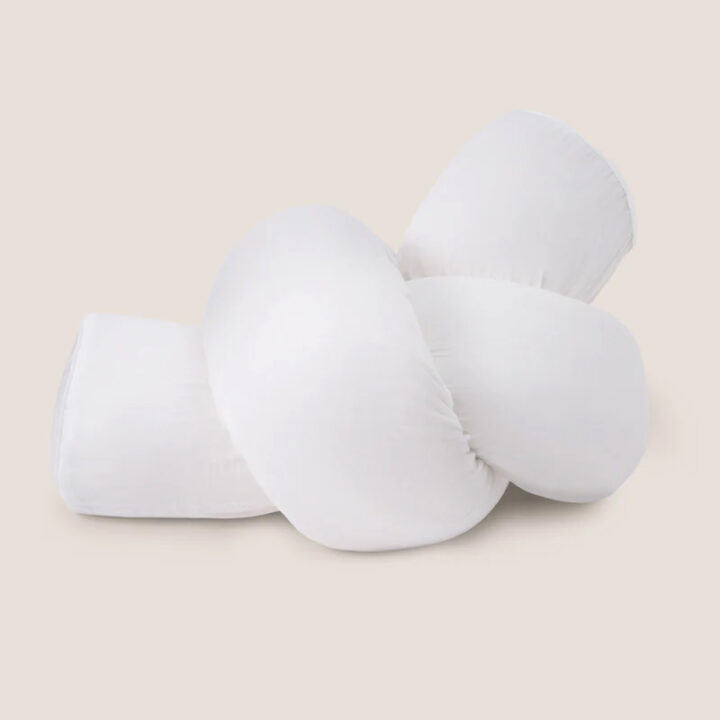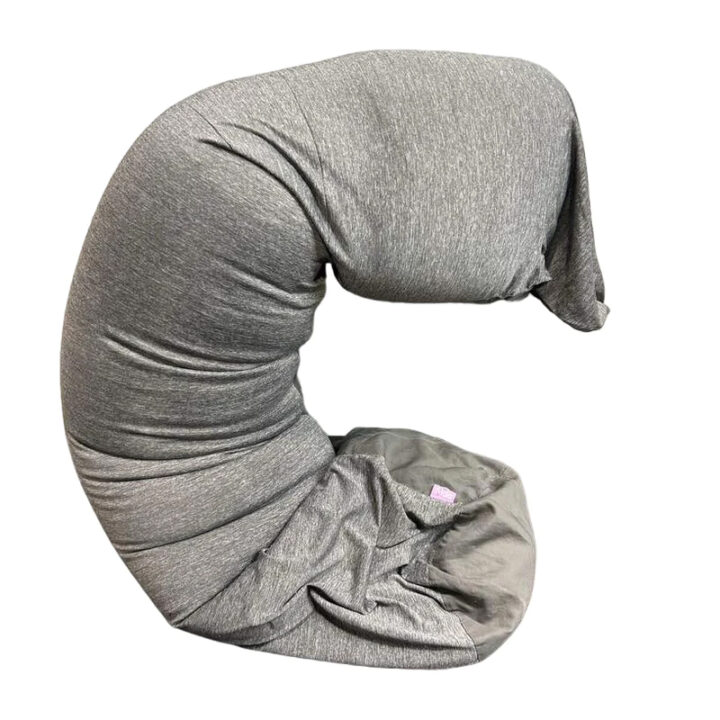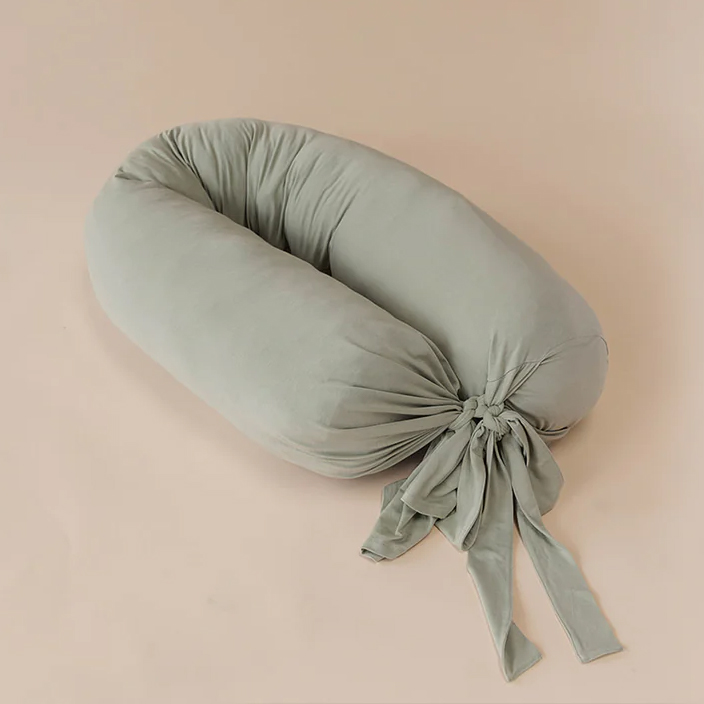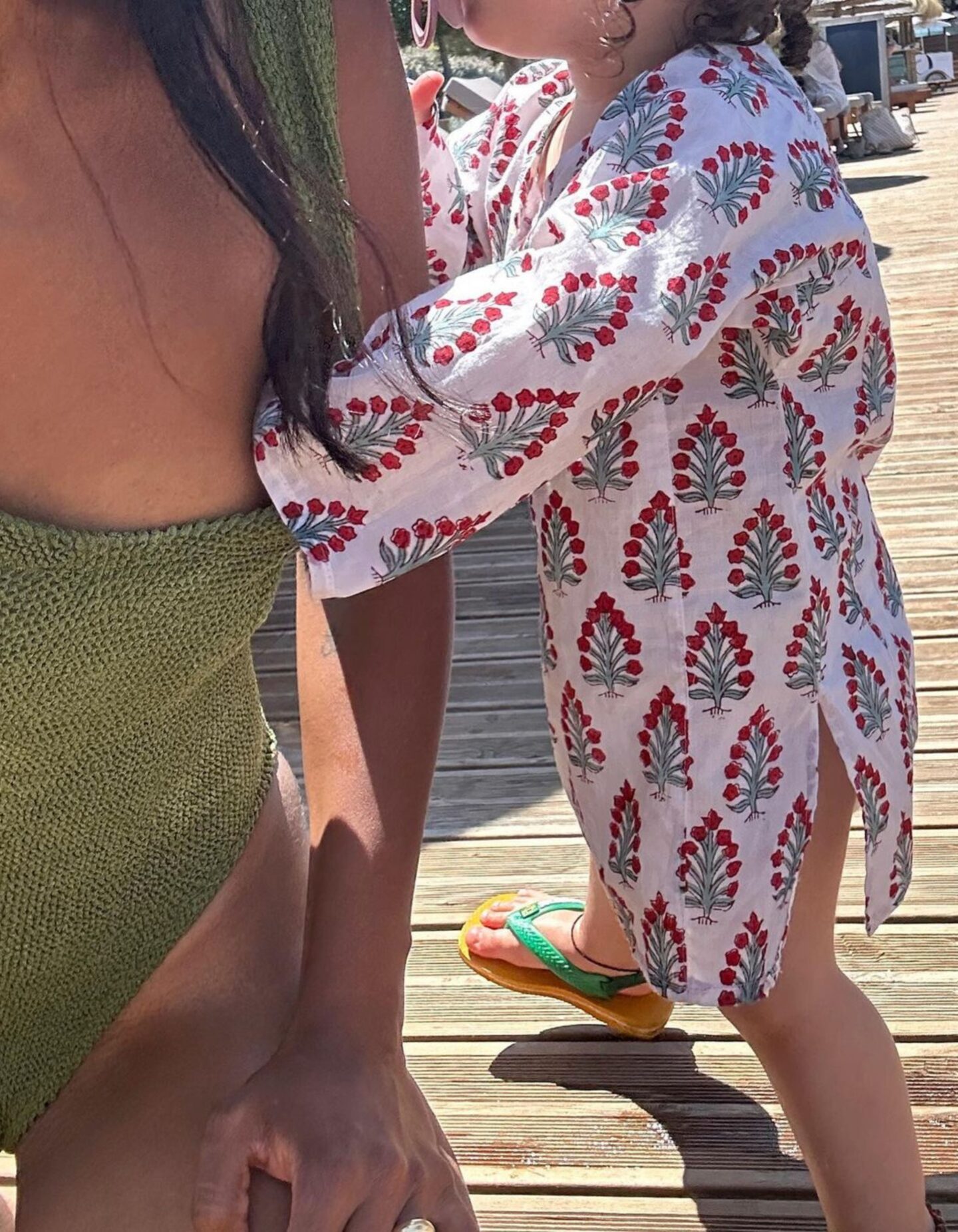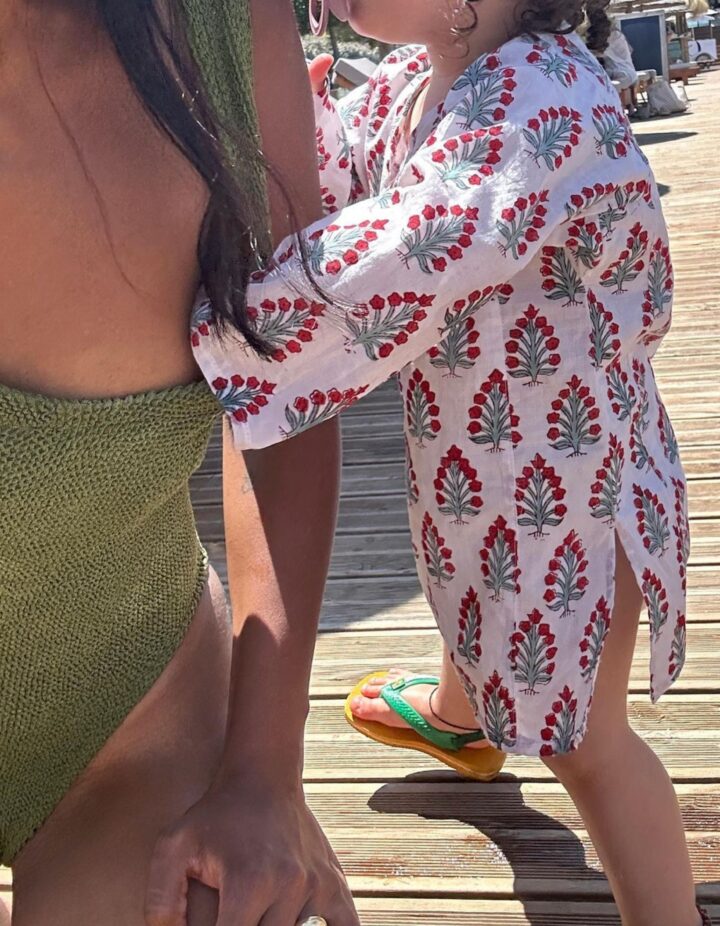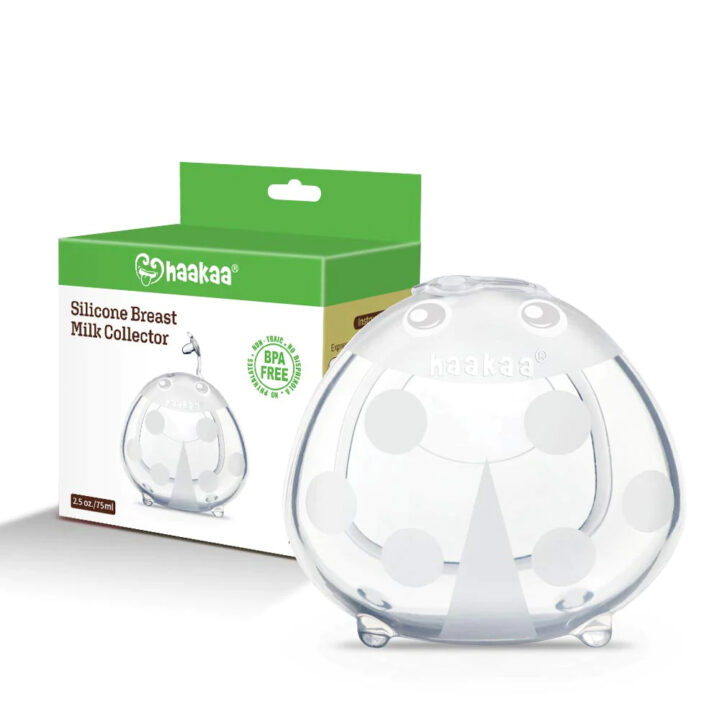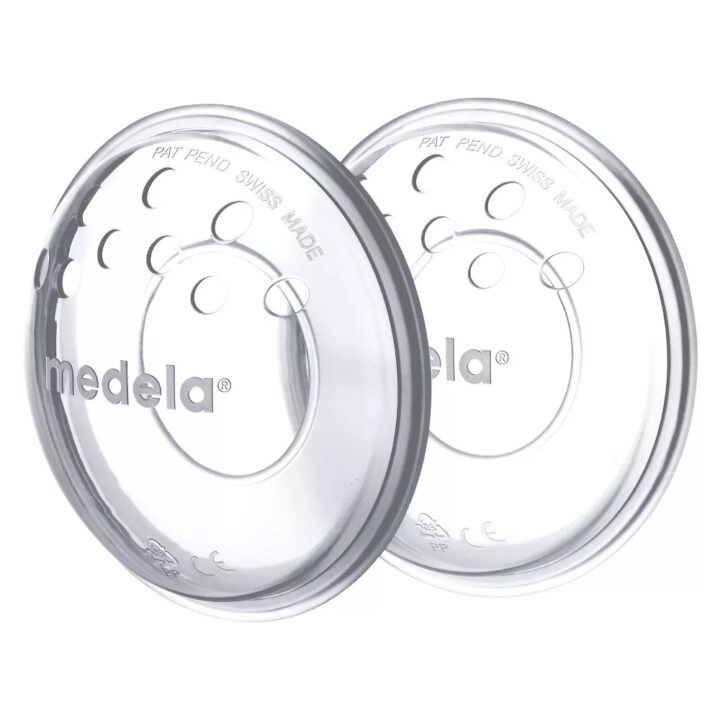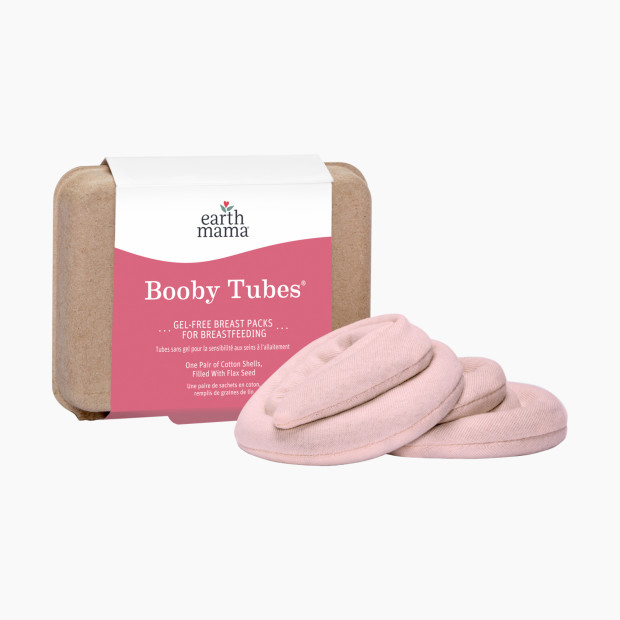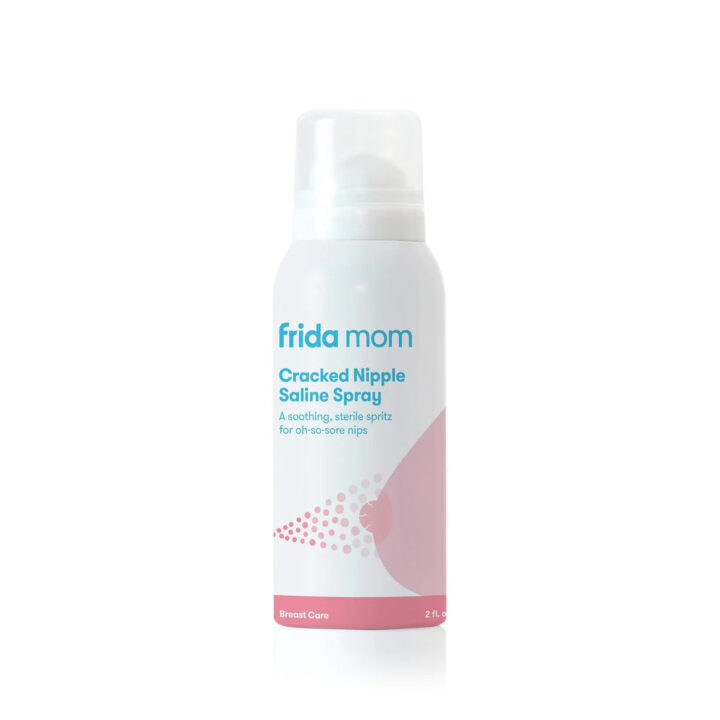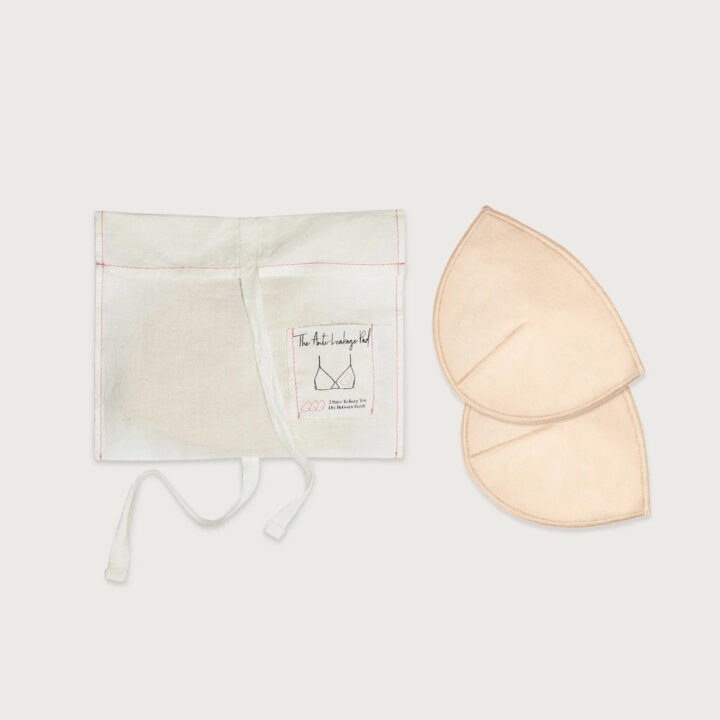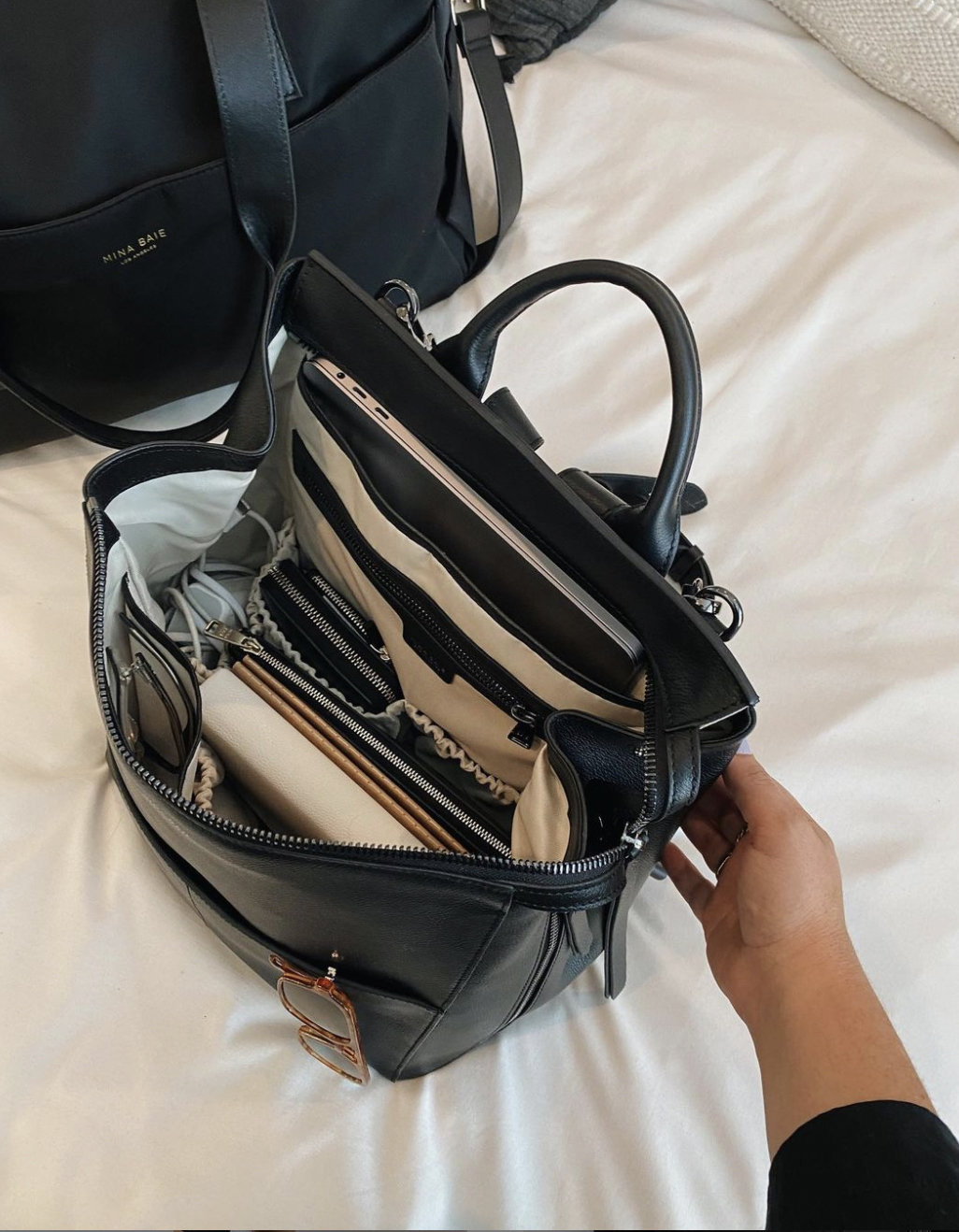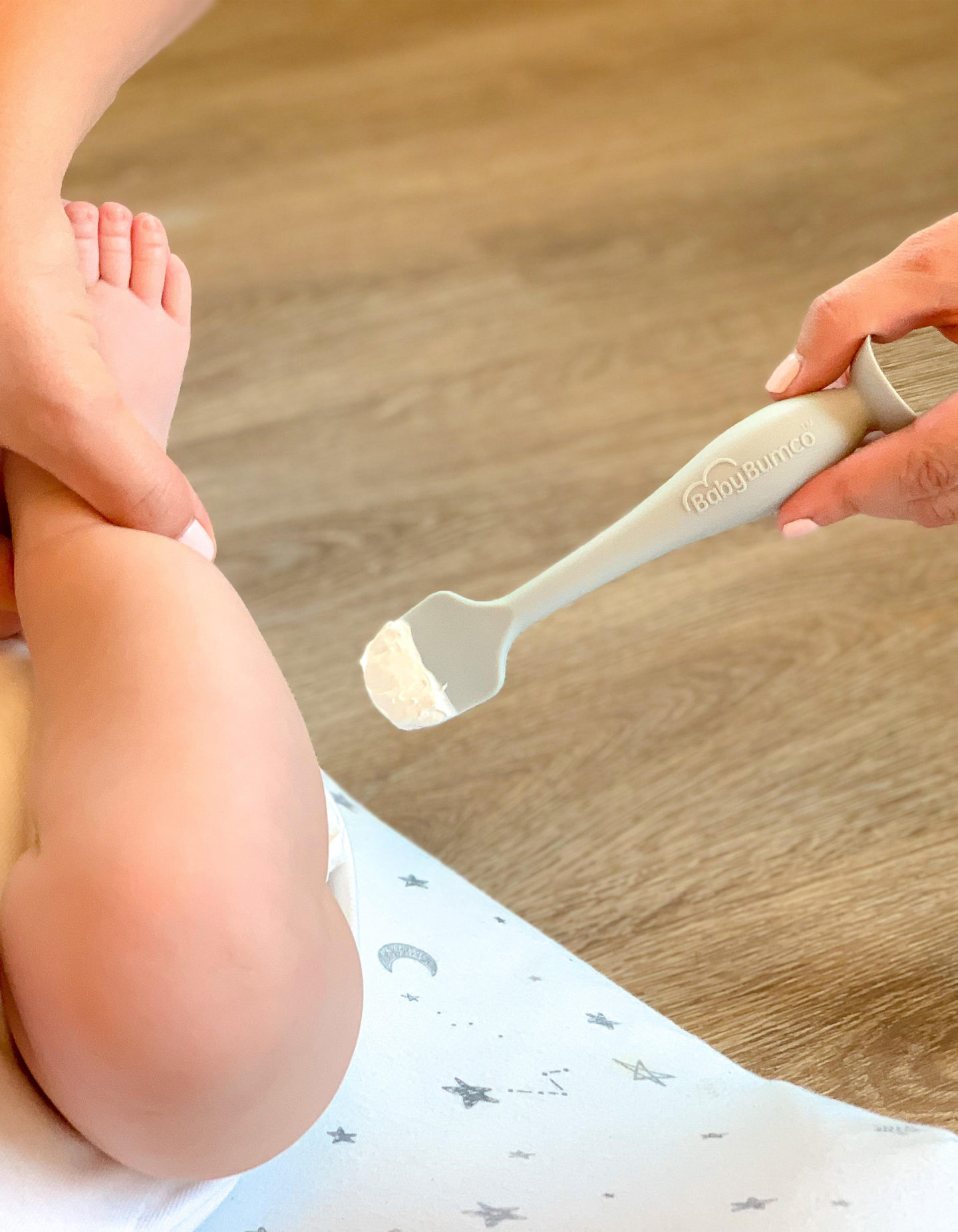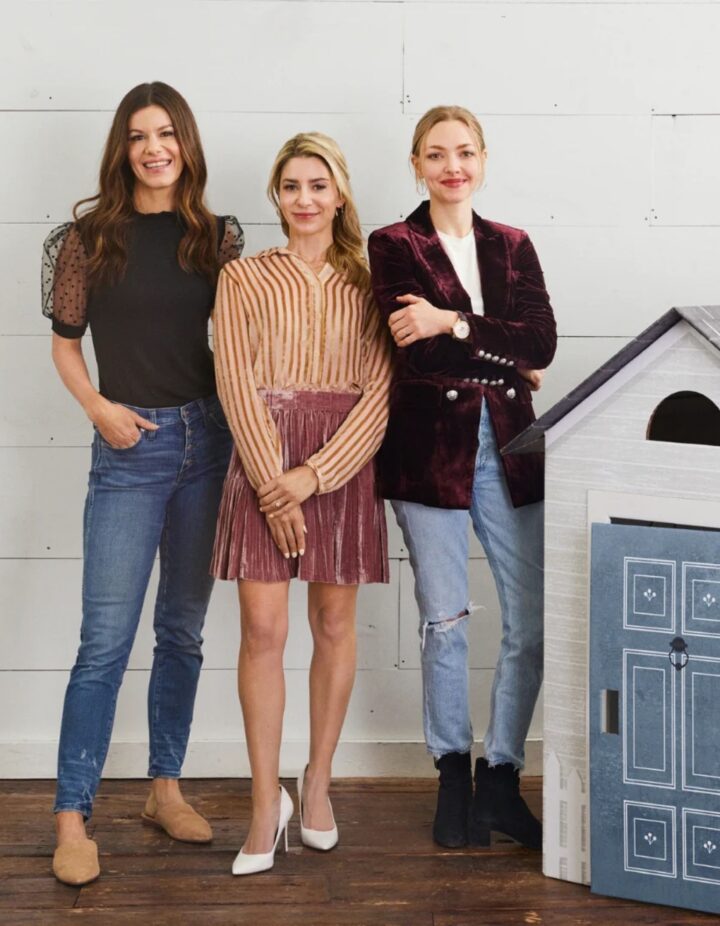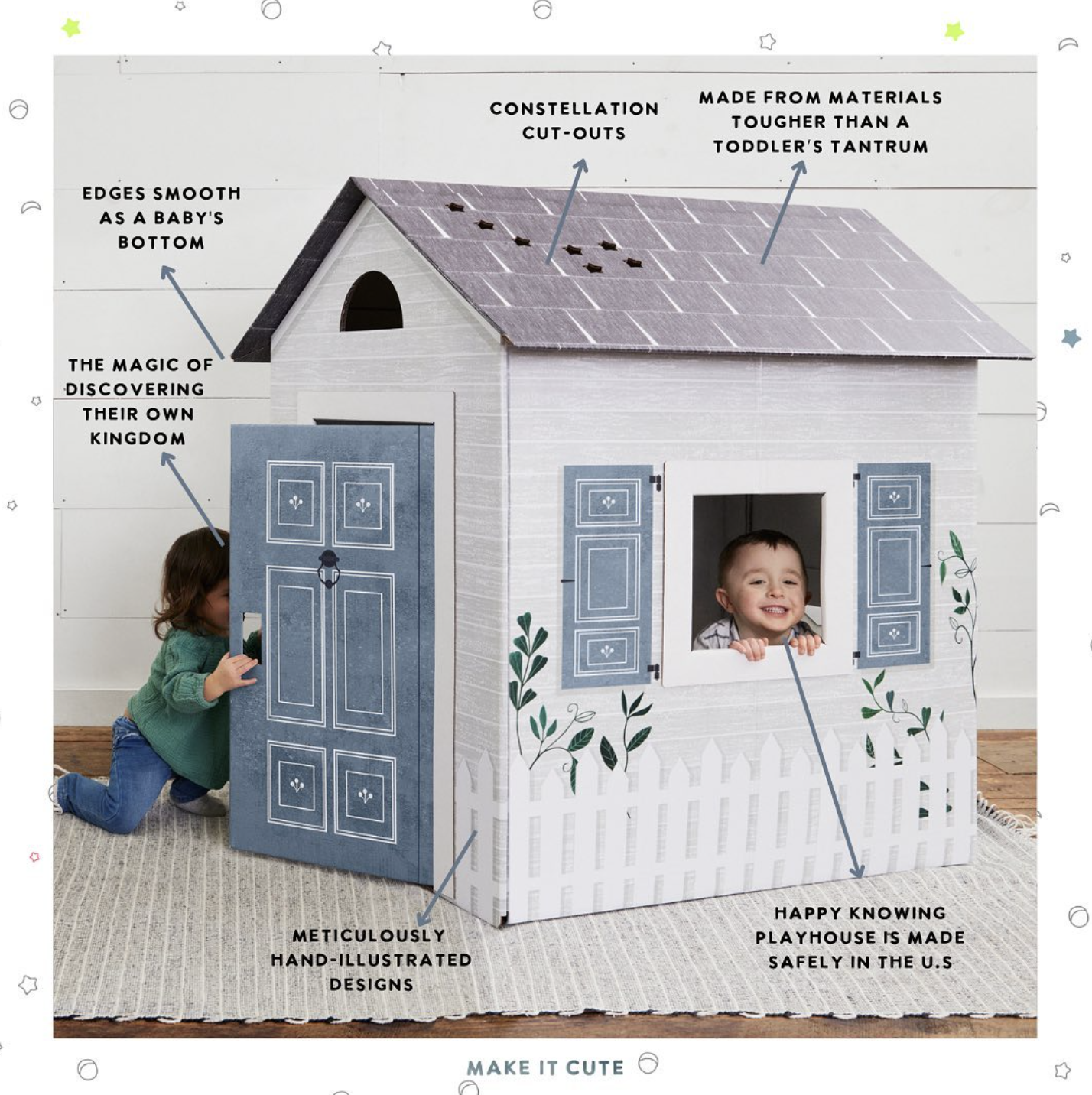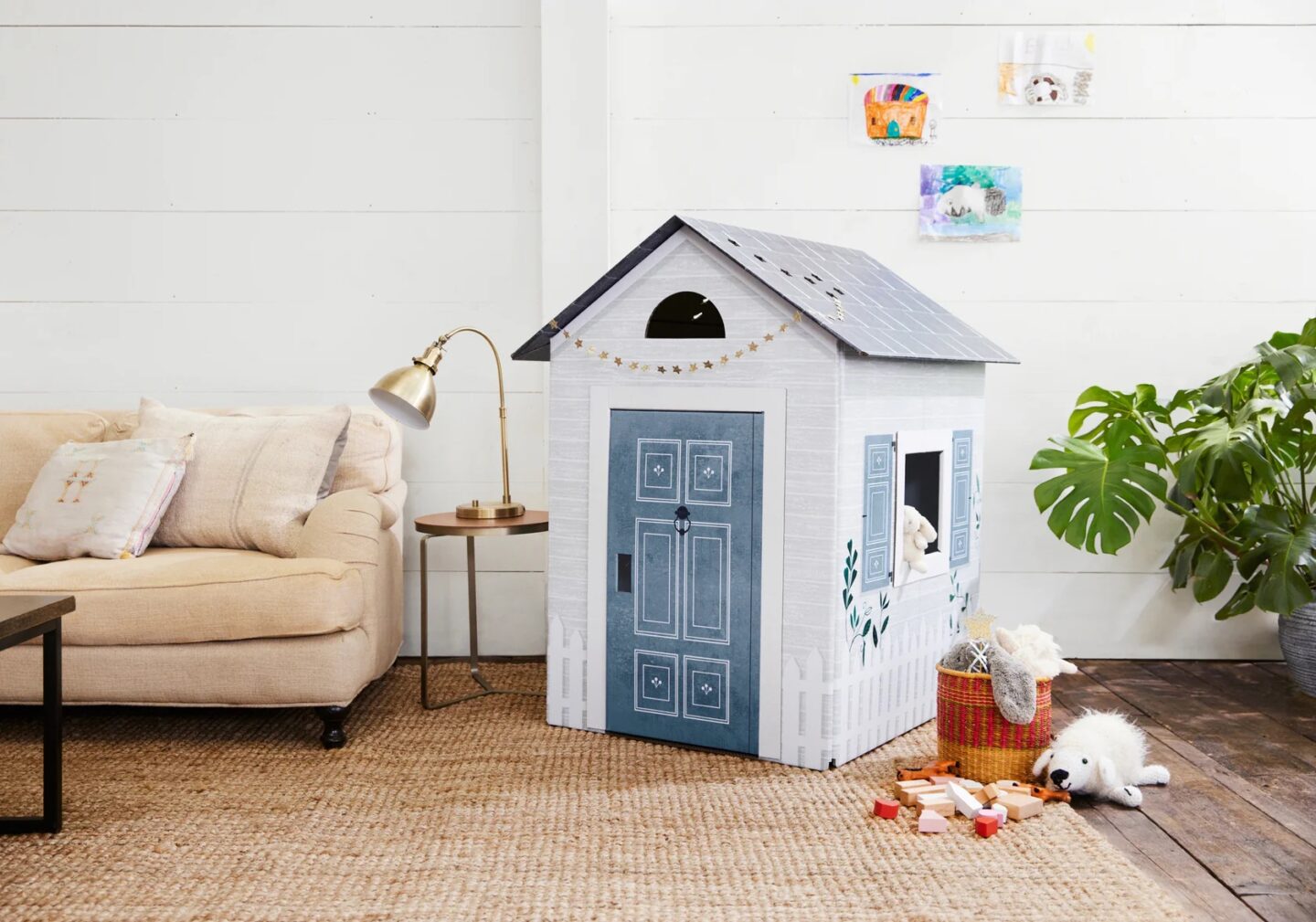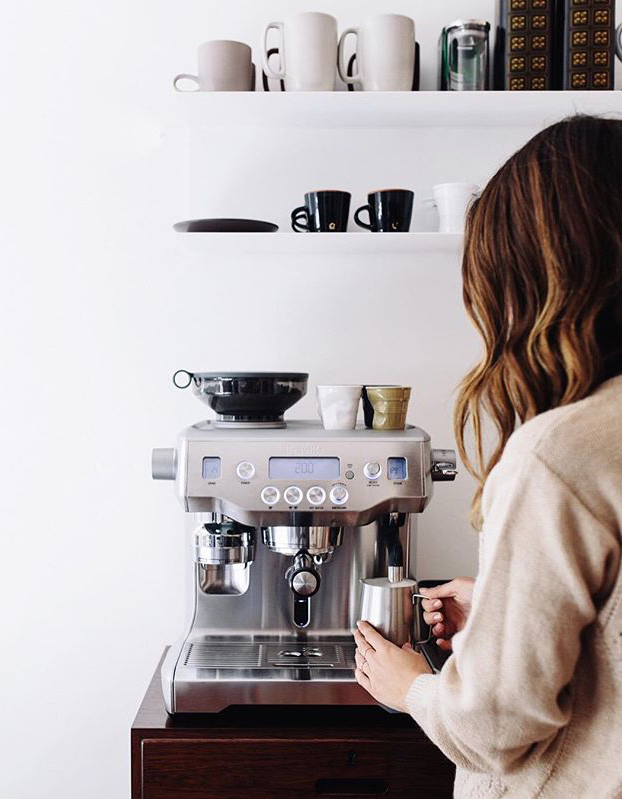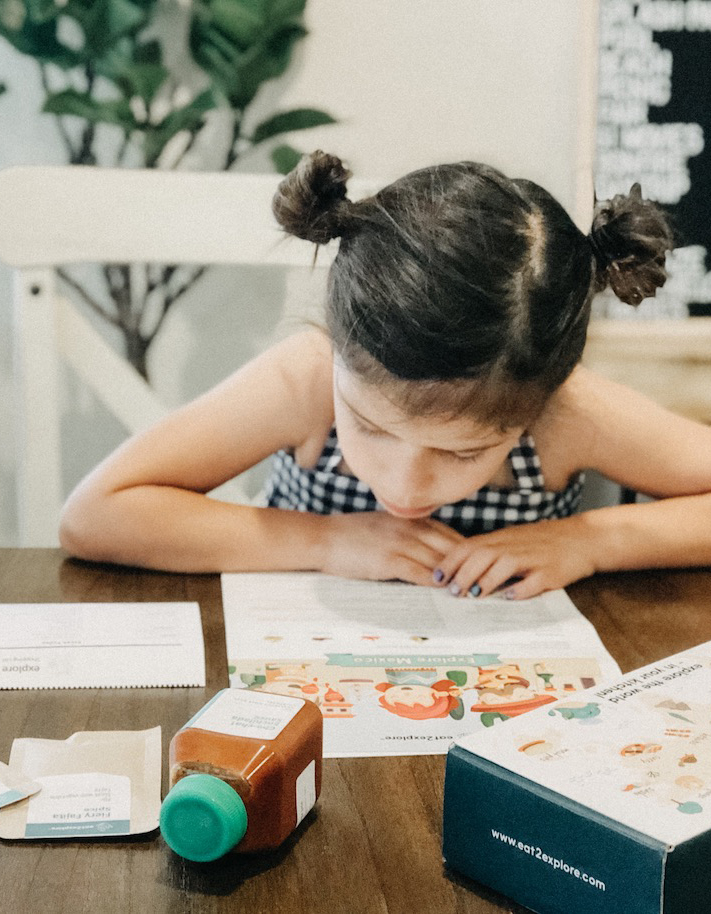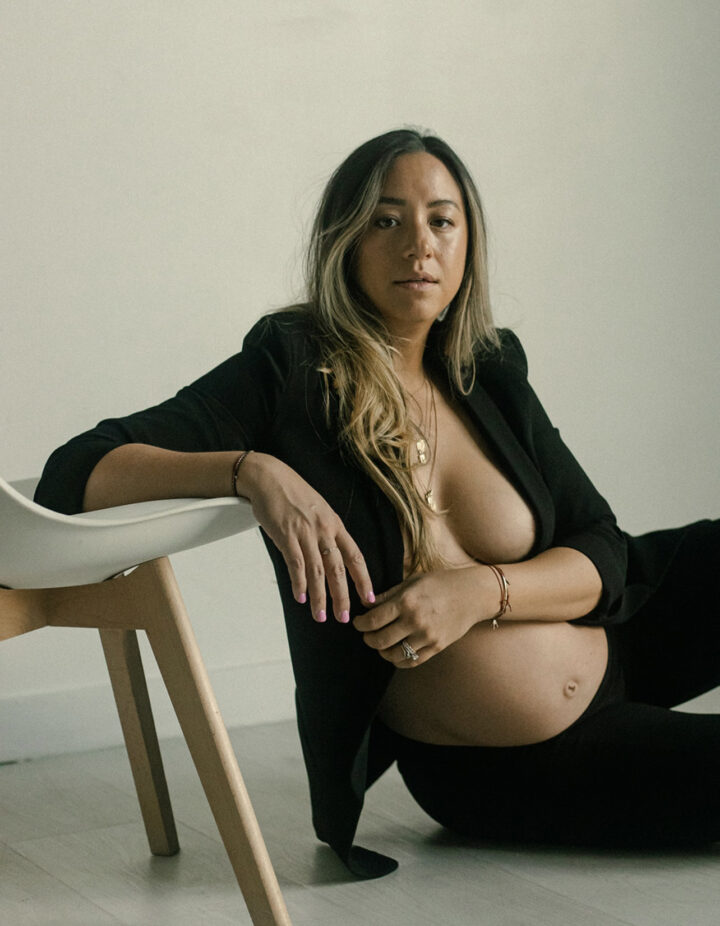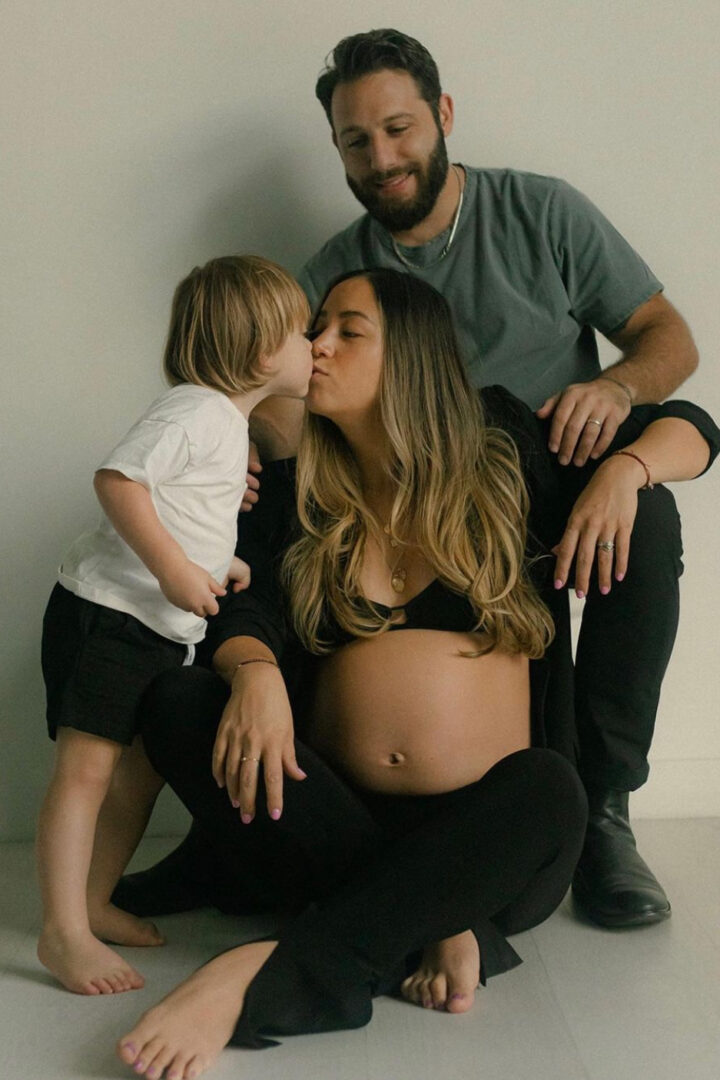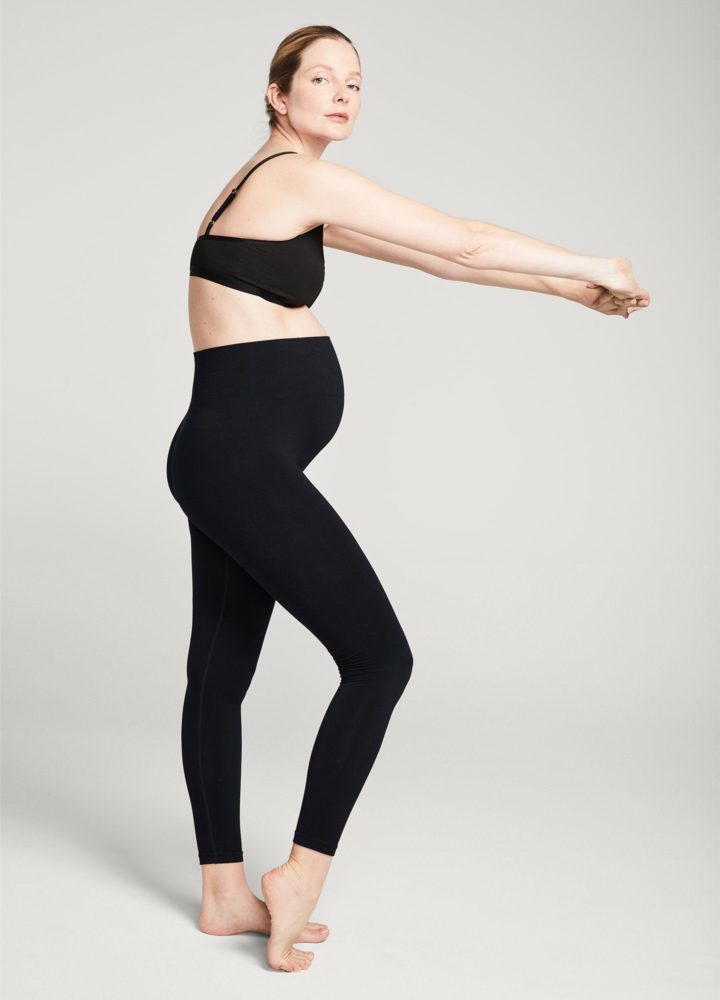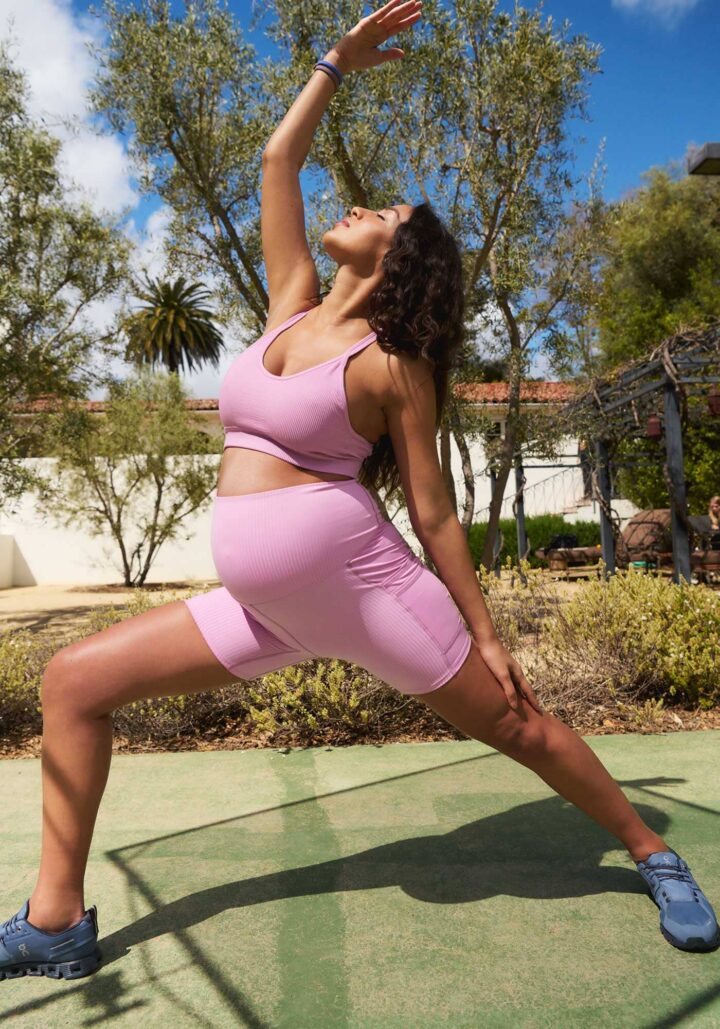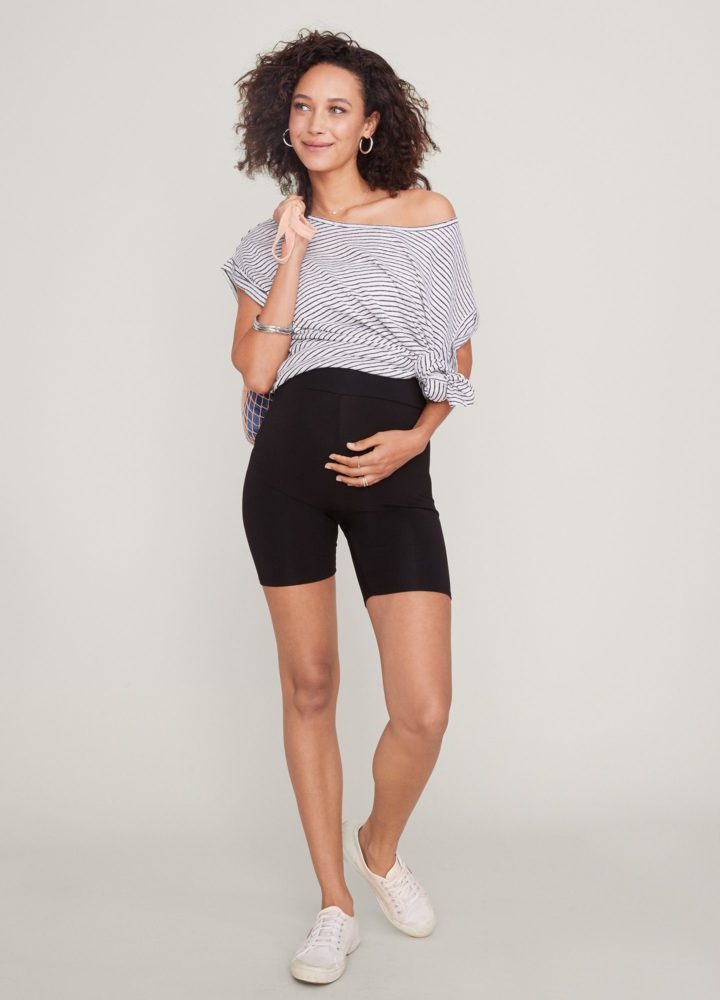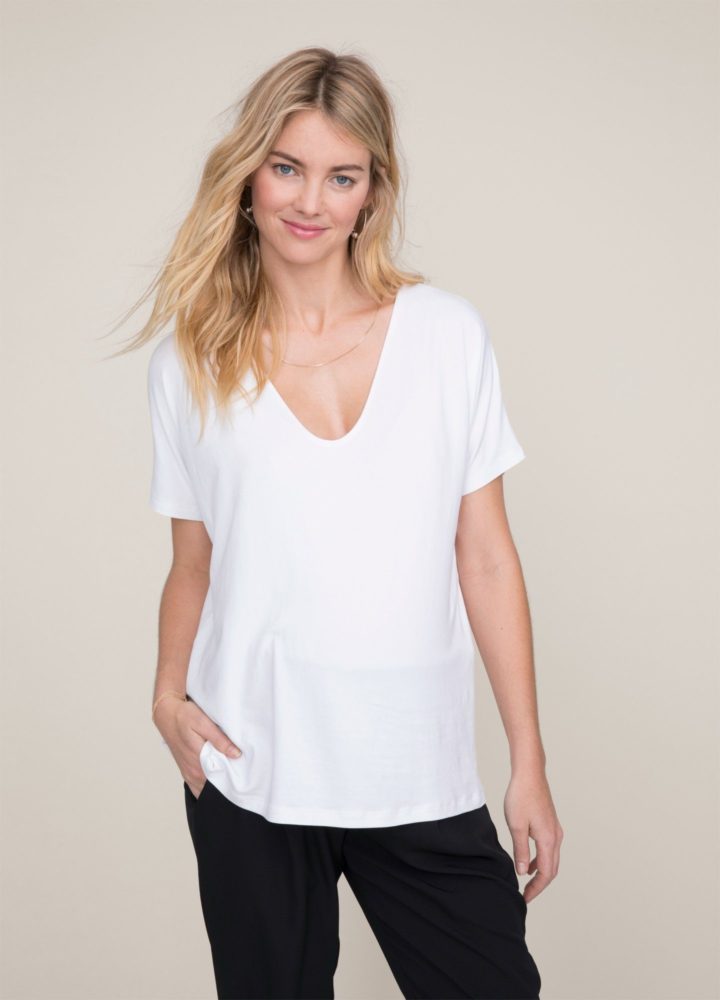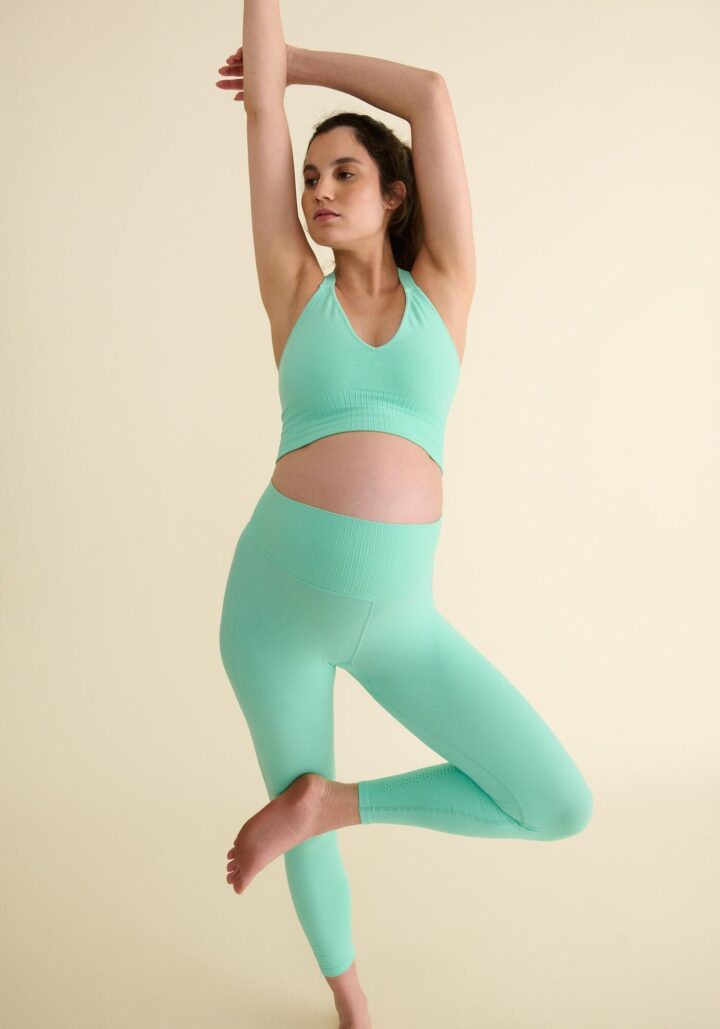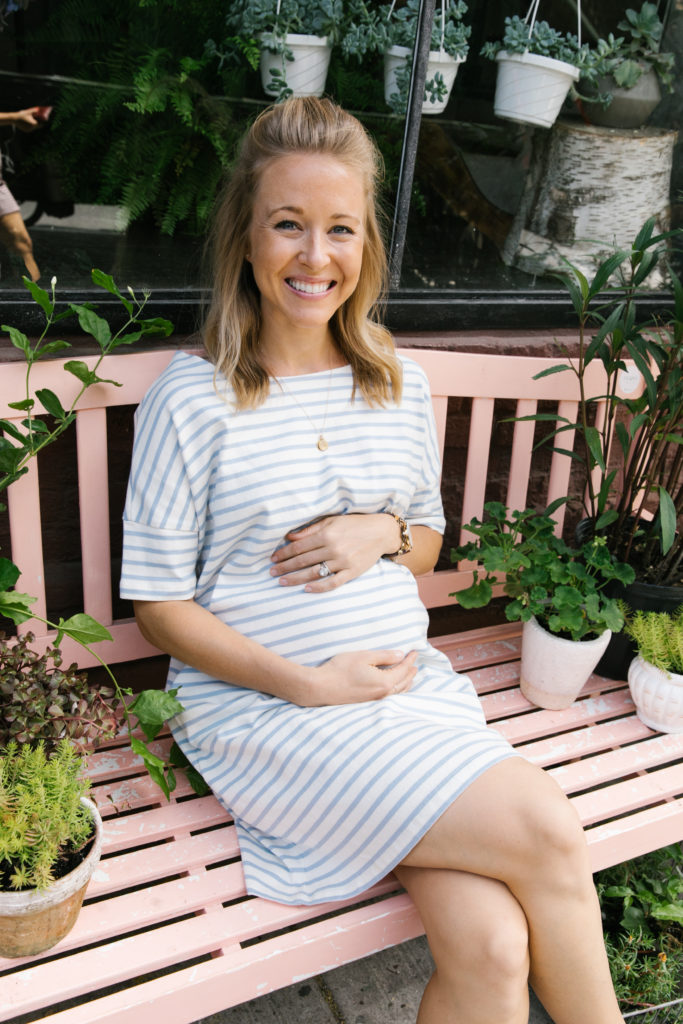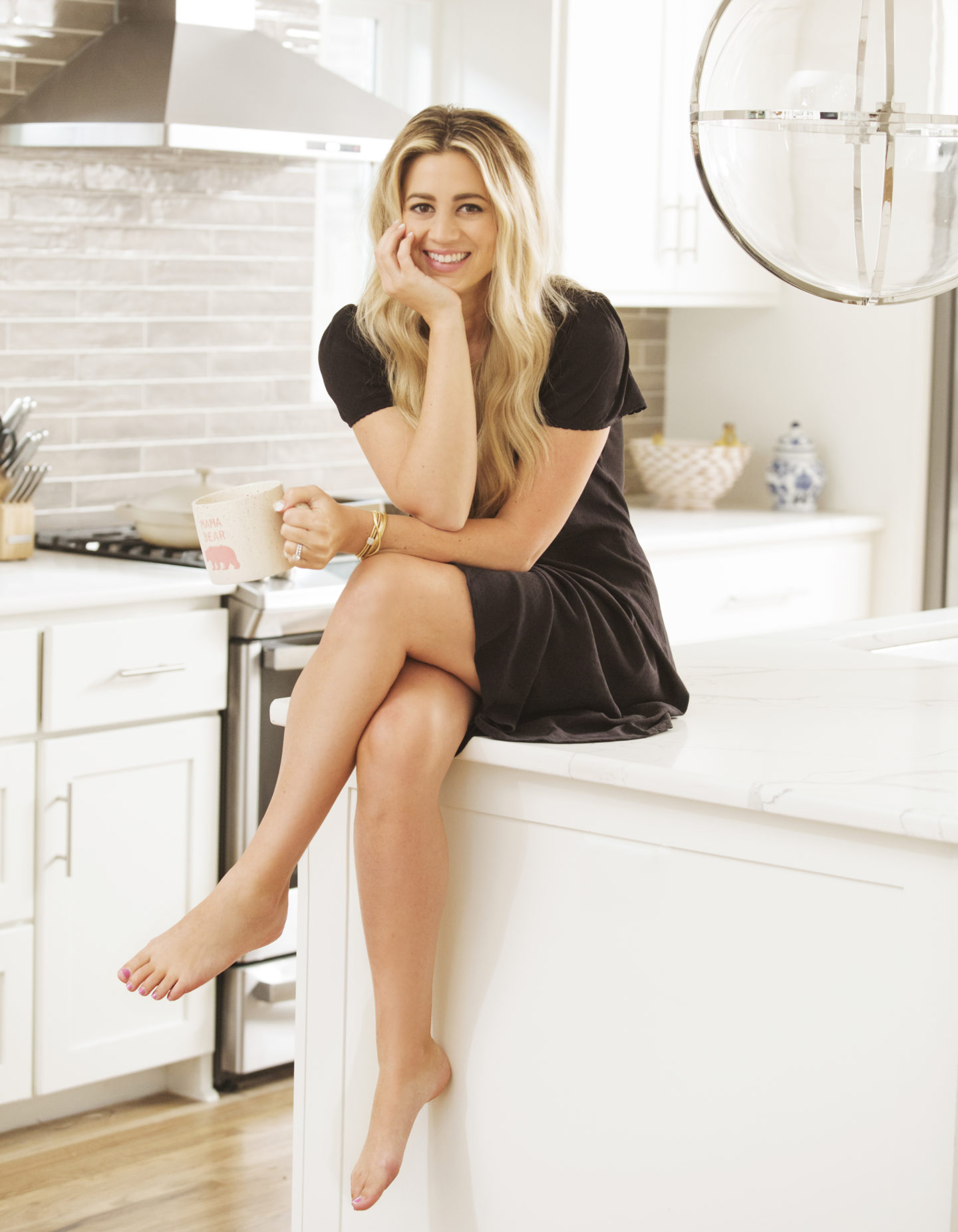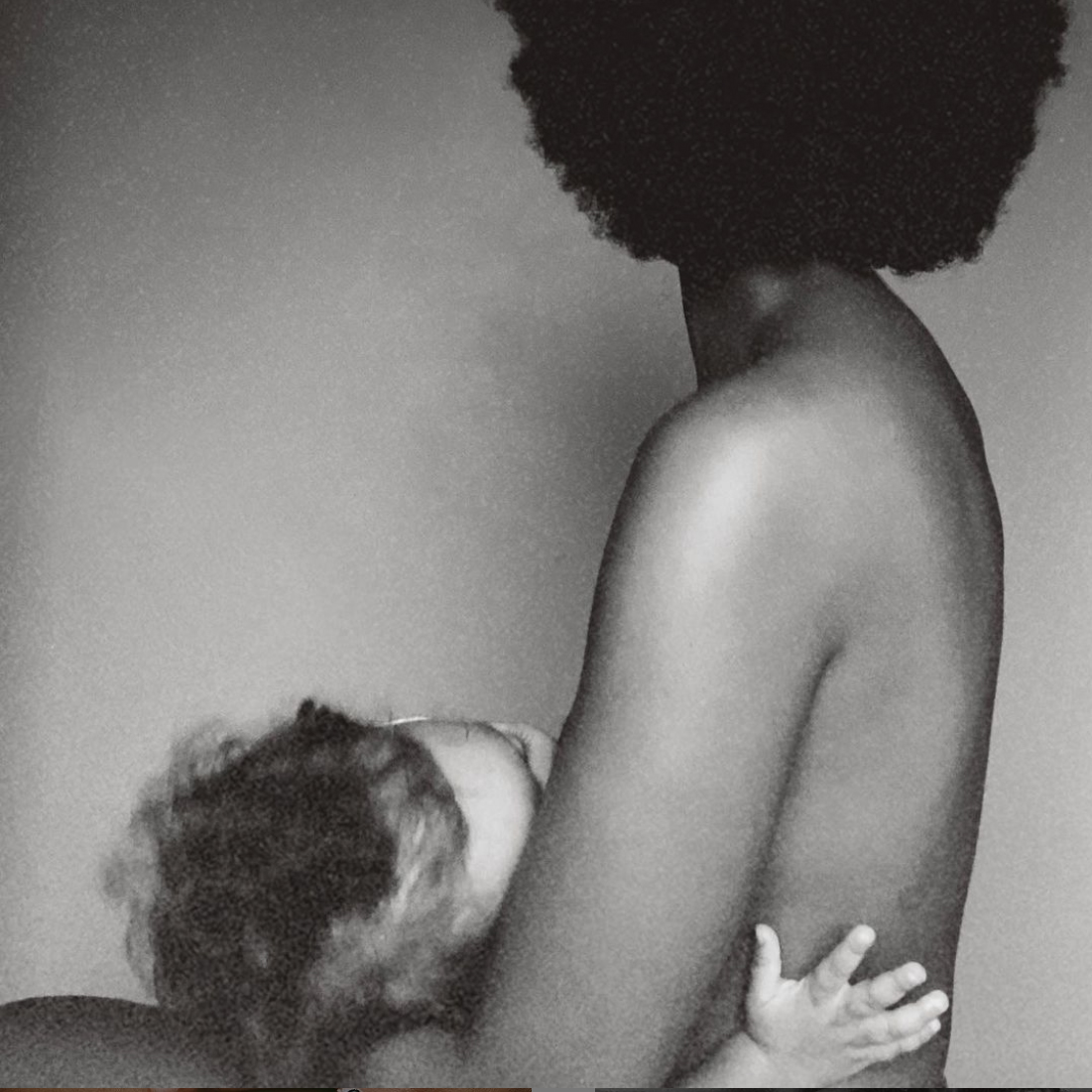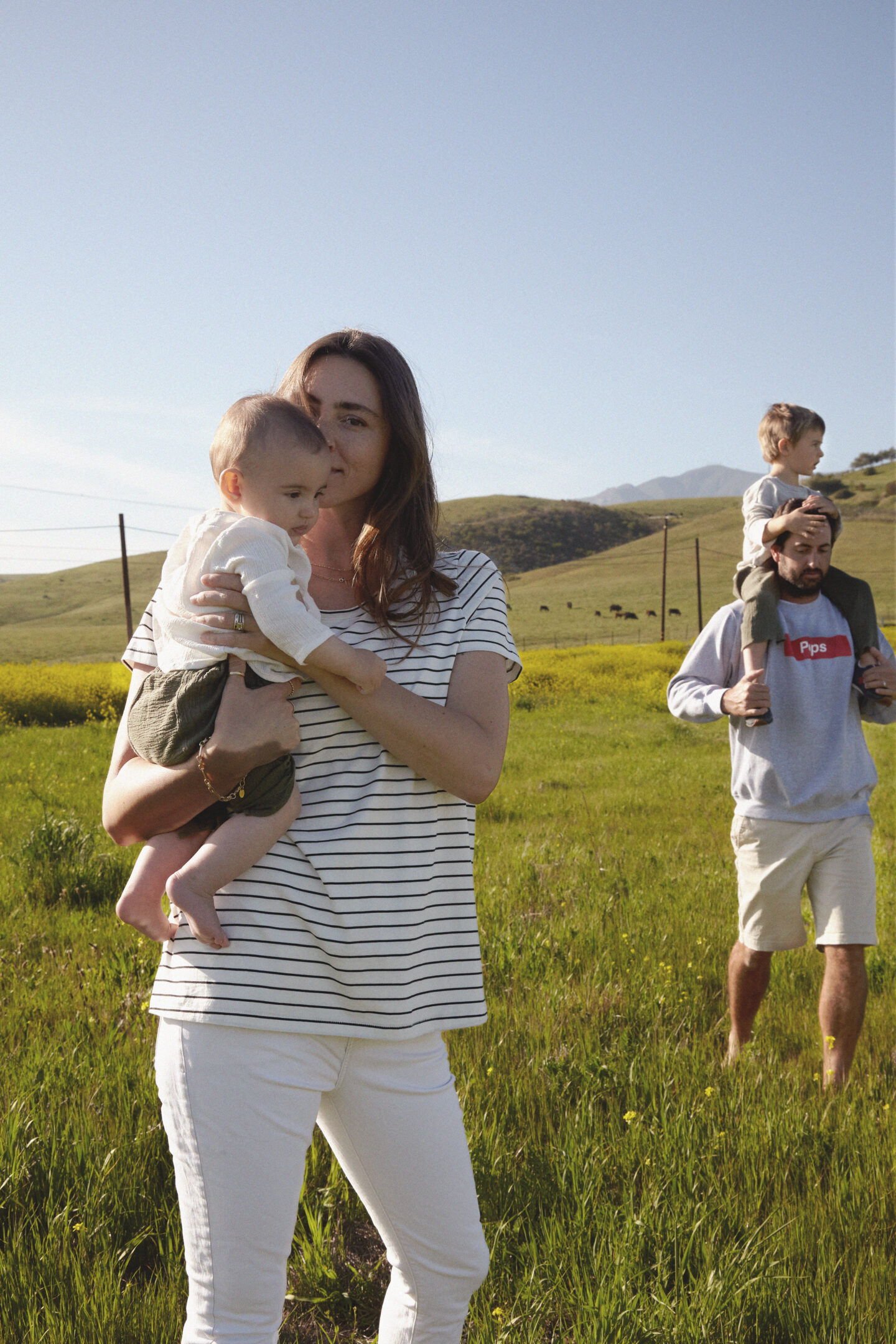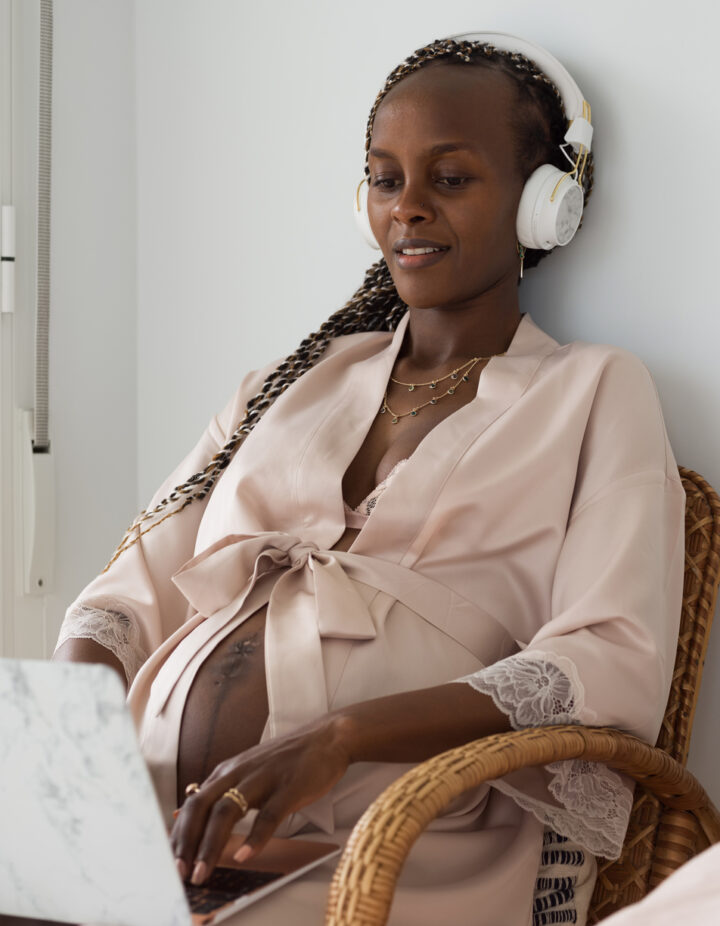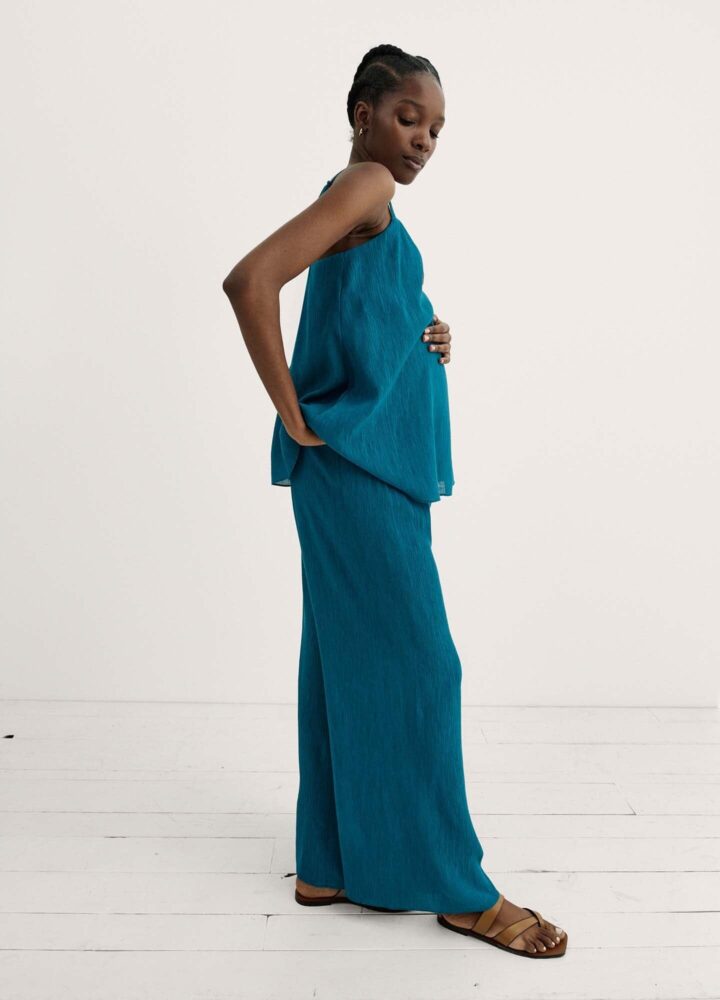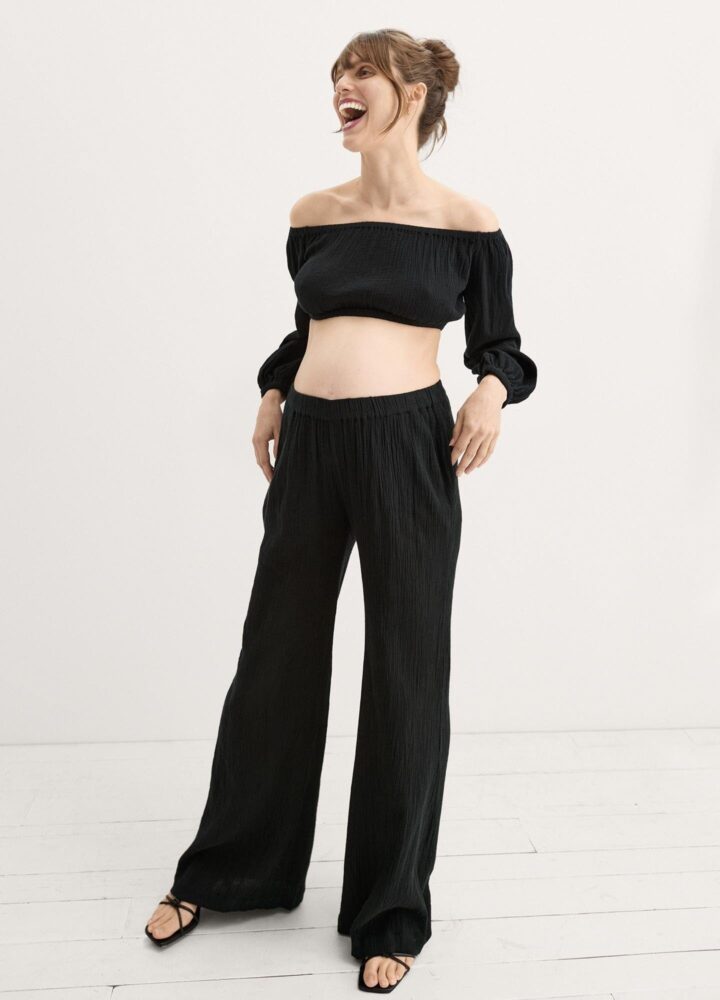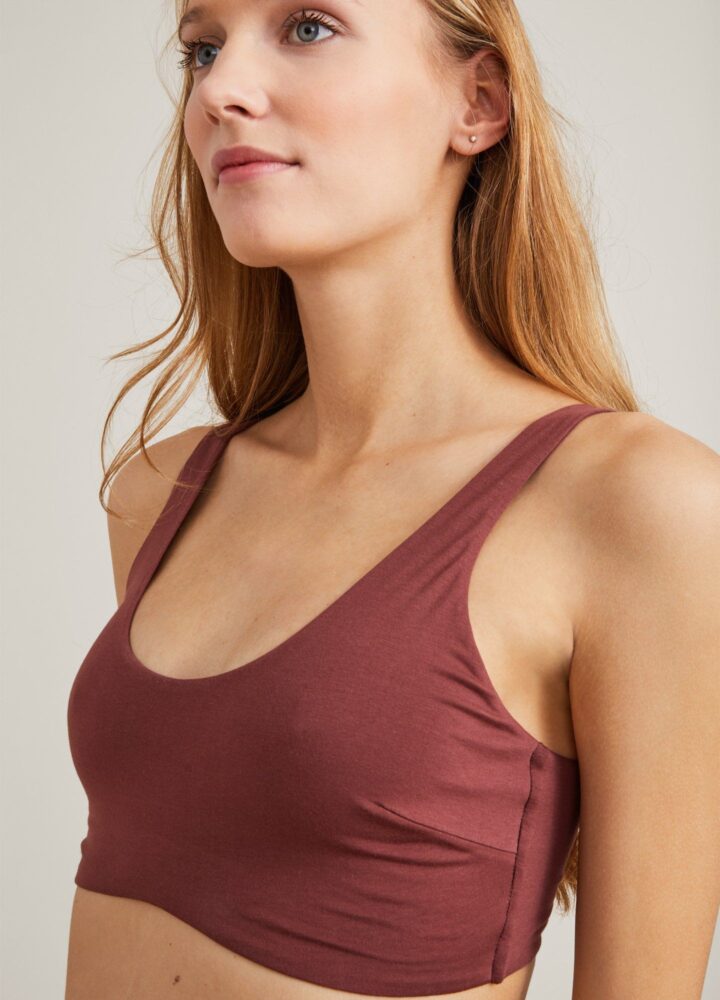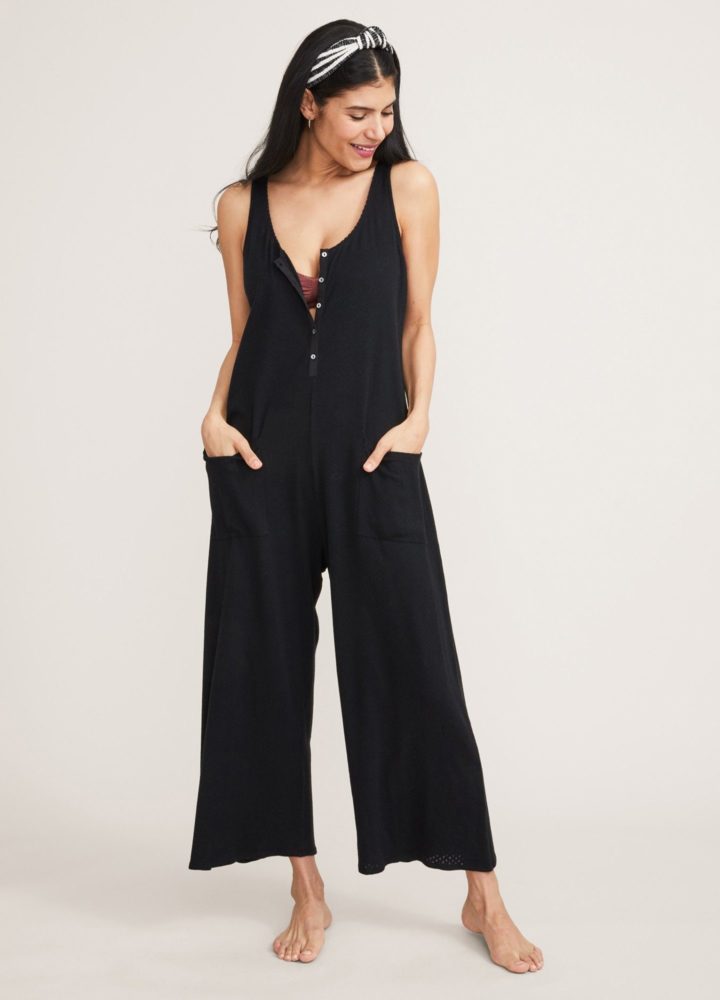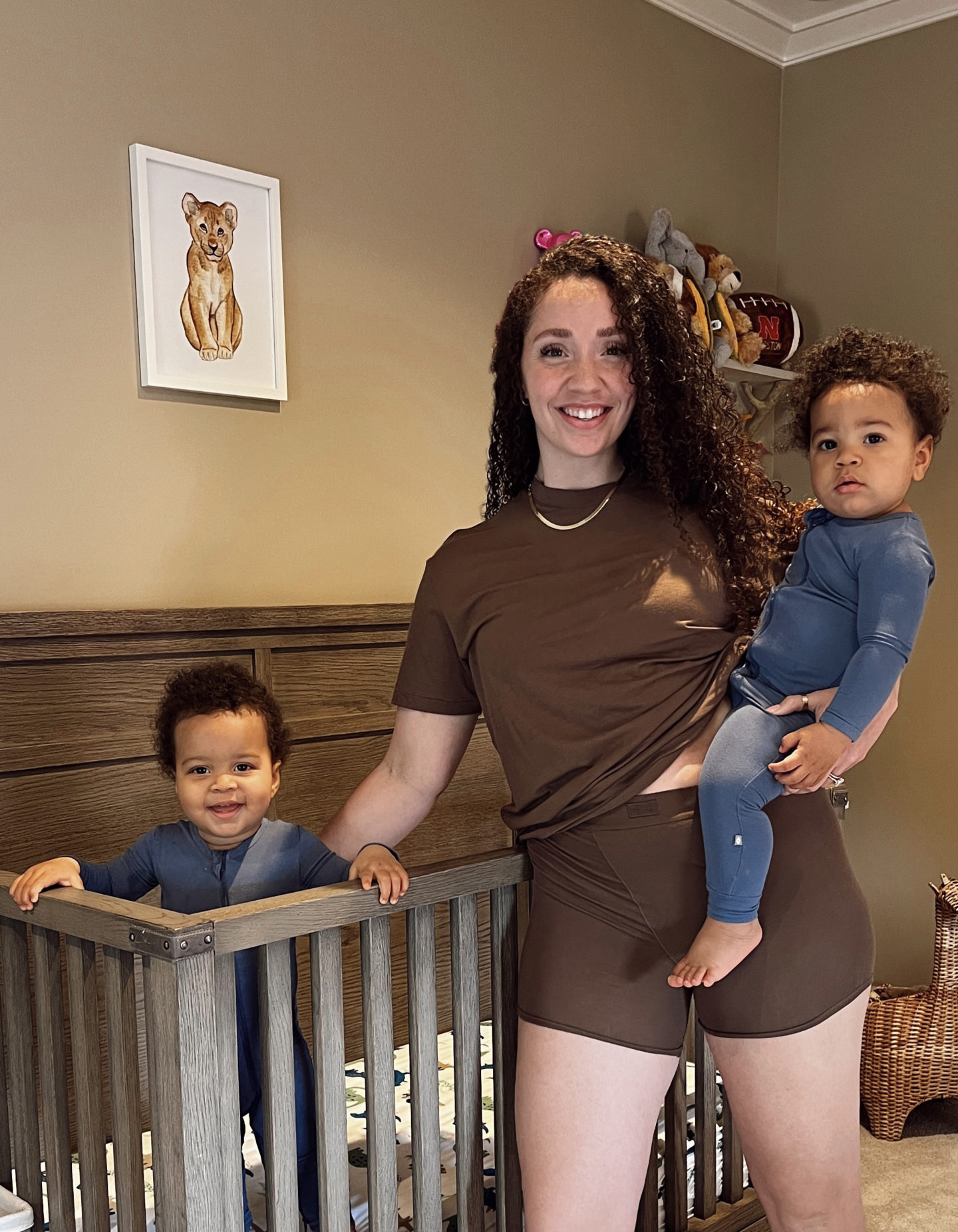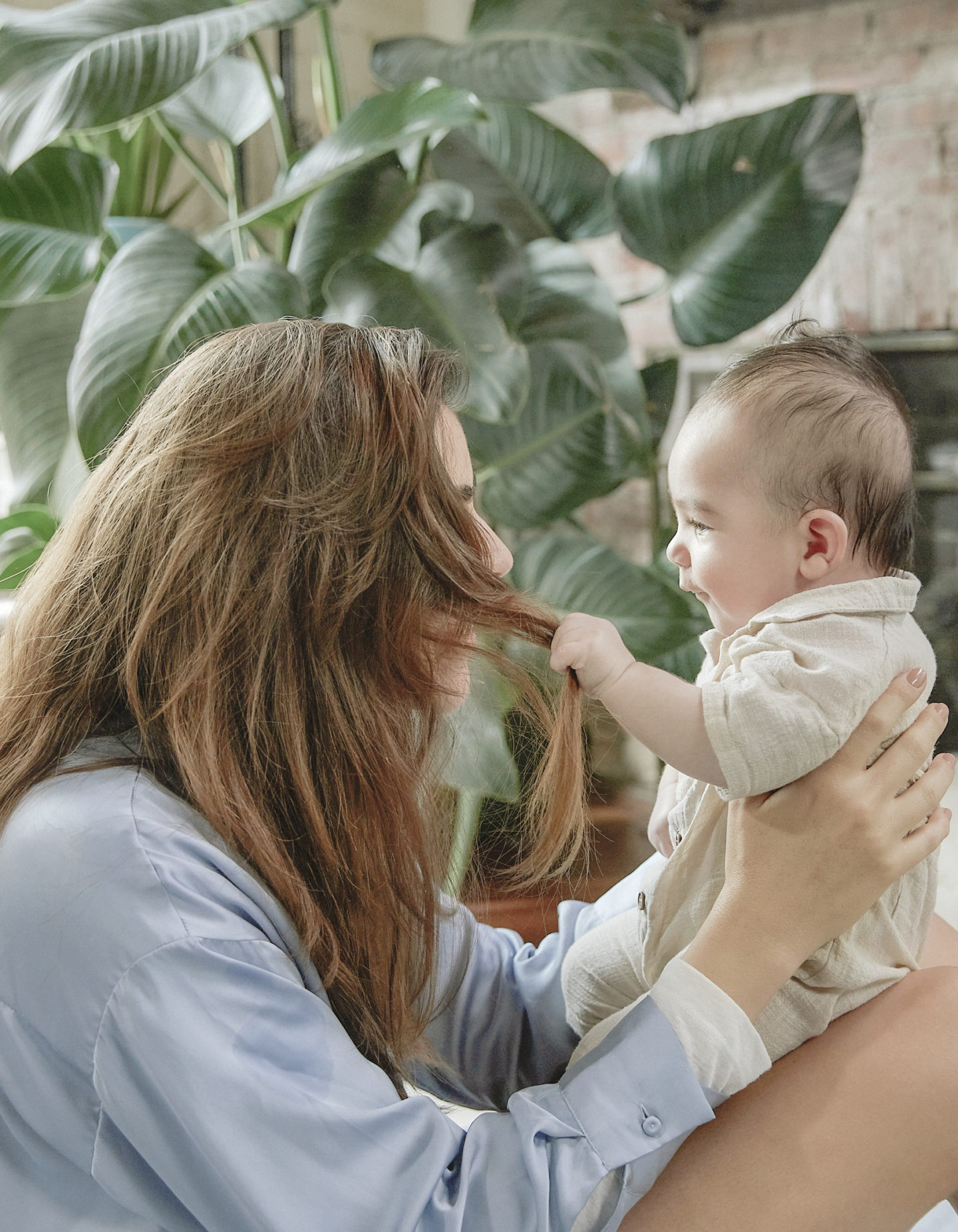There are few things more humbling than the realization that, as a mom, we don’t have all the answers. Sometimes, we need more than a textbook approach to parenting – real stories, laughter, and the occasional “Did they seriously just say that?” Thankfully, podcasts have come to the rescue, offering a beautiful blend of wisdom, humor, and real-life experiences. Here’s our must-listen list of the best parenting podcasts that every rookie mom should tune into:
The Longest Shortest Time
You can expect a laugh, a good cry, and even a few surprised on The Longest Shortest Time, an inclusive parenting podcast that covers a wide range of topics related to parenthood. Hosted by author and journalist Hillary Frank, and featuring interviews with parents, experts, and celebrities like Ina May, Busy Phillips and John Hodgman, the show explores the joys and challenges of parenting, and offers practical advice and insights for parents. There’s even a teen panel if you want a look into what you can expect in a few years.
With over 8 million lifetime downloads, this comedic podcast follows the parenting styles of two types of mamas, Amy and Margaret. “We deal with the same hassles as any parent, but with completely different parenting styles. Margaret is laid-back to the max; Amy never met a spreadsheet she didn’t like.” Each episode is a perfect mix of humor, advice, and the ever-relatable “I’ve been there” tales of parenting.
Raising Good Humans
Need a trustworthy whisper of support in the maze of parenting? Dr. Aliza Pressman, a renowned developmental psychologist, mom, and friend of HATCH Collective, is here to guide without judgment. Dive deep with experts and real parents in weekly episodes that aim to make parenting less overwhelming and filled with joy. Join Dr. Aliza every Friday for insights on nurturing not just children, but truly good humans.
One Bad Mother
One Bad Mother is a parenting podcast hosted by comedians Biz Ellis and Theresa Thorn. It centers around motherhood and how unnatural it can often feel. With such guest stars as Maggie Smith, Michelle Tea and Laurie Kilmartin, these ladies go deep on thee thrills and embarrassments of motherhood and how to strive for less judging and more laughing. The show offers a humorous take on the challenges of parenting, and covers topics such as sleep deprivation, work-life balance, and dealing with unsolicited parenting advice.
Gone are the days when parenting discussions were hushed behind closed doors! This podcast brings to the forefront the often-debated, sometimes controversial, always passionate perspectives of both mom and dad. It’s a no-holds-barred chat that provides insight, laughter, and the comforting notion that every parent debates these things.
Who needs a PhD when you’ve got Dr. Becky breaking it all down for you? This podcast is like that reassuring pat on your shoulder, blending expert psychological insights with everyday parenting mishaps. Dive into an episode and come out feeling validated, educated, and ready to tackle that next toddler tantrum with a tad more grace. To put it in Dr. Becky’s own words, “By focusing on the parent behind the parenting and the child behind the behavior, we help families heal — bringing out the good inside everyone.”
Where Should We Begin?
Less parenting and more relationship focused, Where Should We Begin? is a relationship podcast hosted by renowned therapist Esther Perel. Each episode features a real-life couple who are struggling with various issues in their relationship. Through candid and intimate conversations, Esther helps the couple explore their underlying feelings and needs, and offers insights and strategies to help them move forward. This season Esther speaks to a constellation of new relationships: A couple wrestling with the guilt they feel over the happiness their infidelity created. Another trying to make space for their queerness in an outwardly appearing hetero relationship. A set of friends trying to sort out if their childhood friendship needs to continue into adulthood. And Esther checks back in with couples from seasons past to see where they are now as she creates a space for us to hear our own lives and struggles articulated in the stories of others.
Modern Love
Like the must-read column each week (that later became a hit show), Modern Love is also a podcast hosted by New York Times editor Daniel Jones. Each episode features a reading of a personal essay from the newspaper’s popular Modern Love column, followed by a conversation between Daniel and the author. The stories cover a range of topics related to love and relationships, and offer insights and perspectives that can be both entertaining and thought-provoking. While not geared towards parenting per se, happier relationships often make for happier parenting, don’t ya think?
Dear Sugars
This relationship podcast hosted by writer Cheryl Strayed and author Steve Almond offers ways to counsel others with radically empathetic advice. Each episode features the hosts answering letters from listeners who are struggling with various relationship issues, from infidelity to communication problems. The show offers empathetic and thoughtful advice, and is known for its candid and heartfelt approach to relationship issues.
There you have it! The next time you’re wrestling with a car seat, trying to decipher your baby’s cries, or simply need a pick-me-up after a long day, plug in those earphones and get ready to feel seen, heard, and thoroughly entertained. Remember, Babe has got your back – and so do these amazing podcasts. So, cheers to every wonderful, messy, and joy-filled moment of motherhood!

